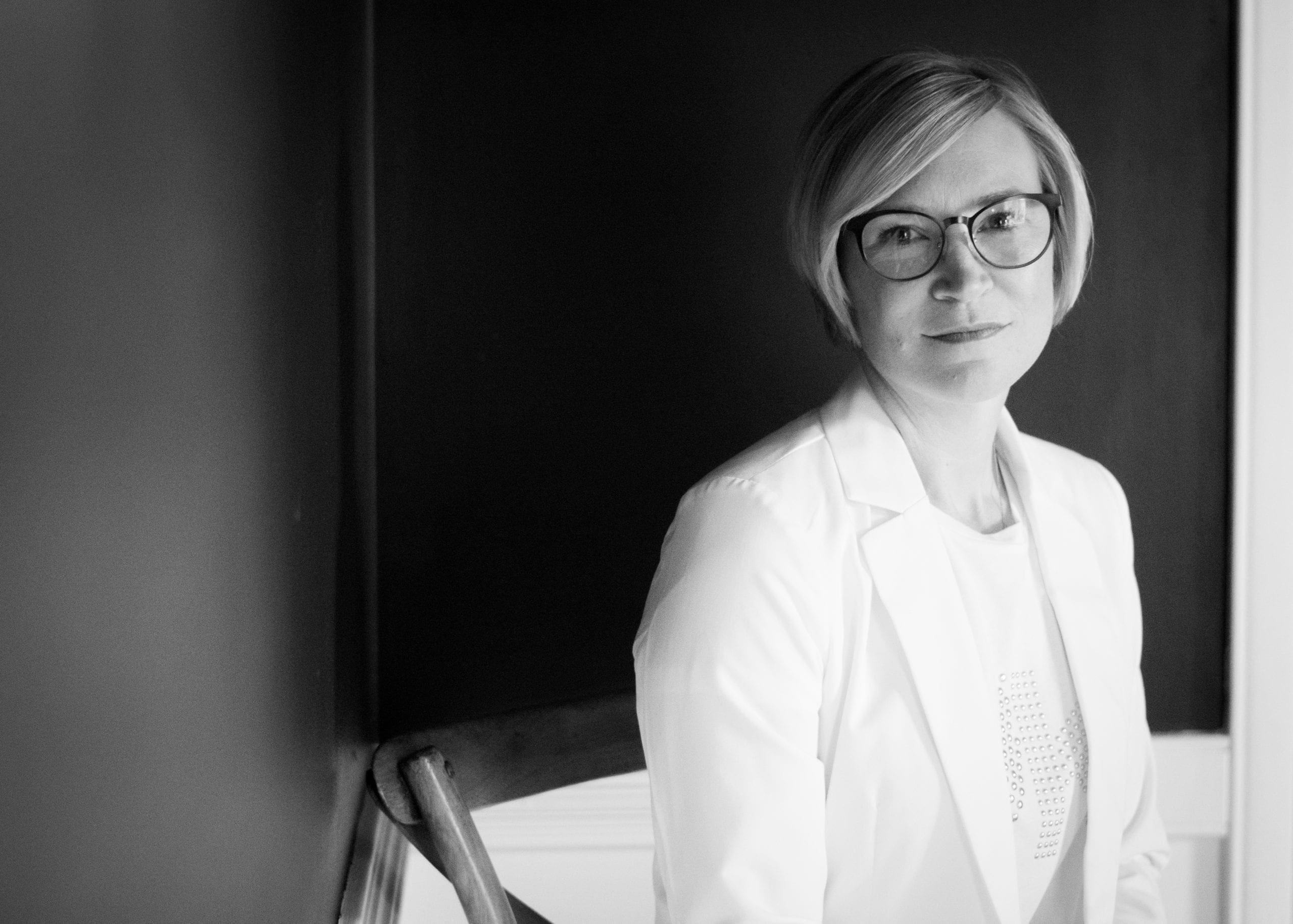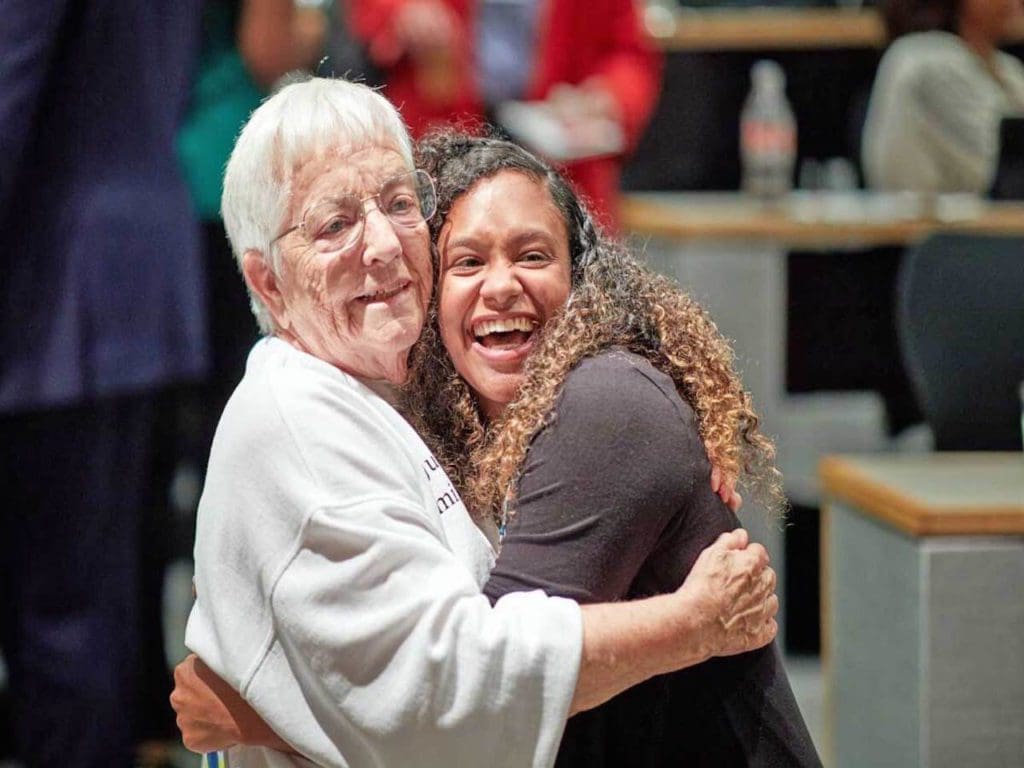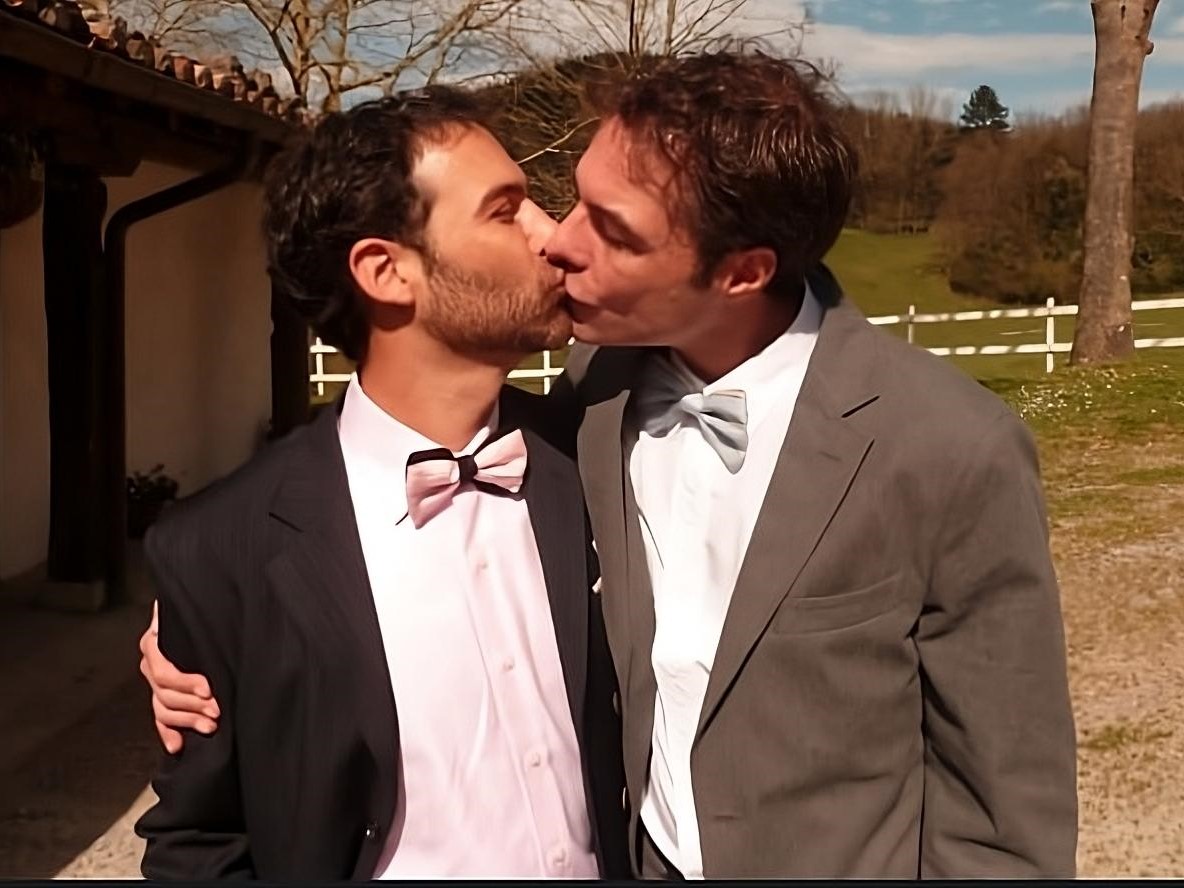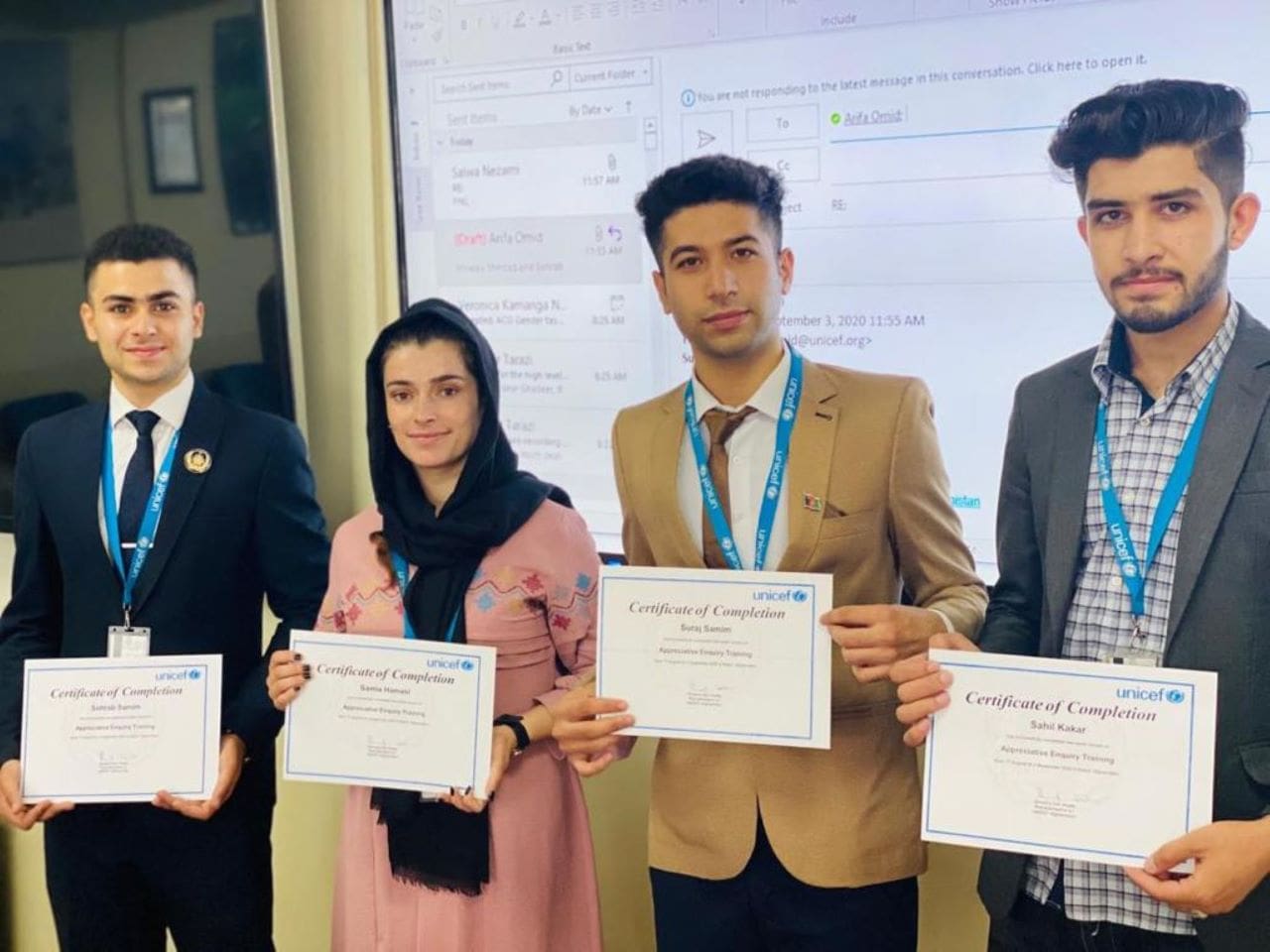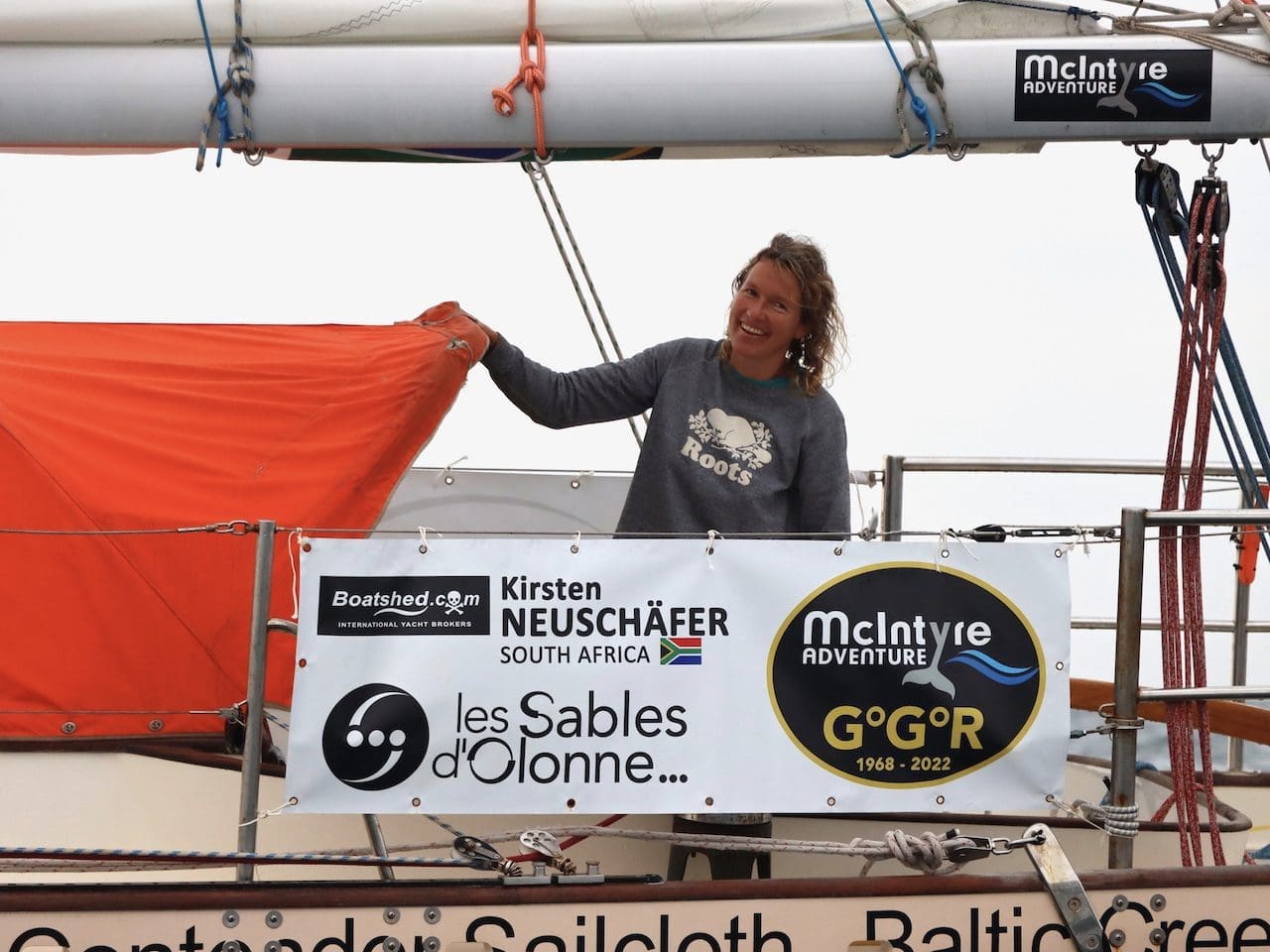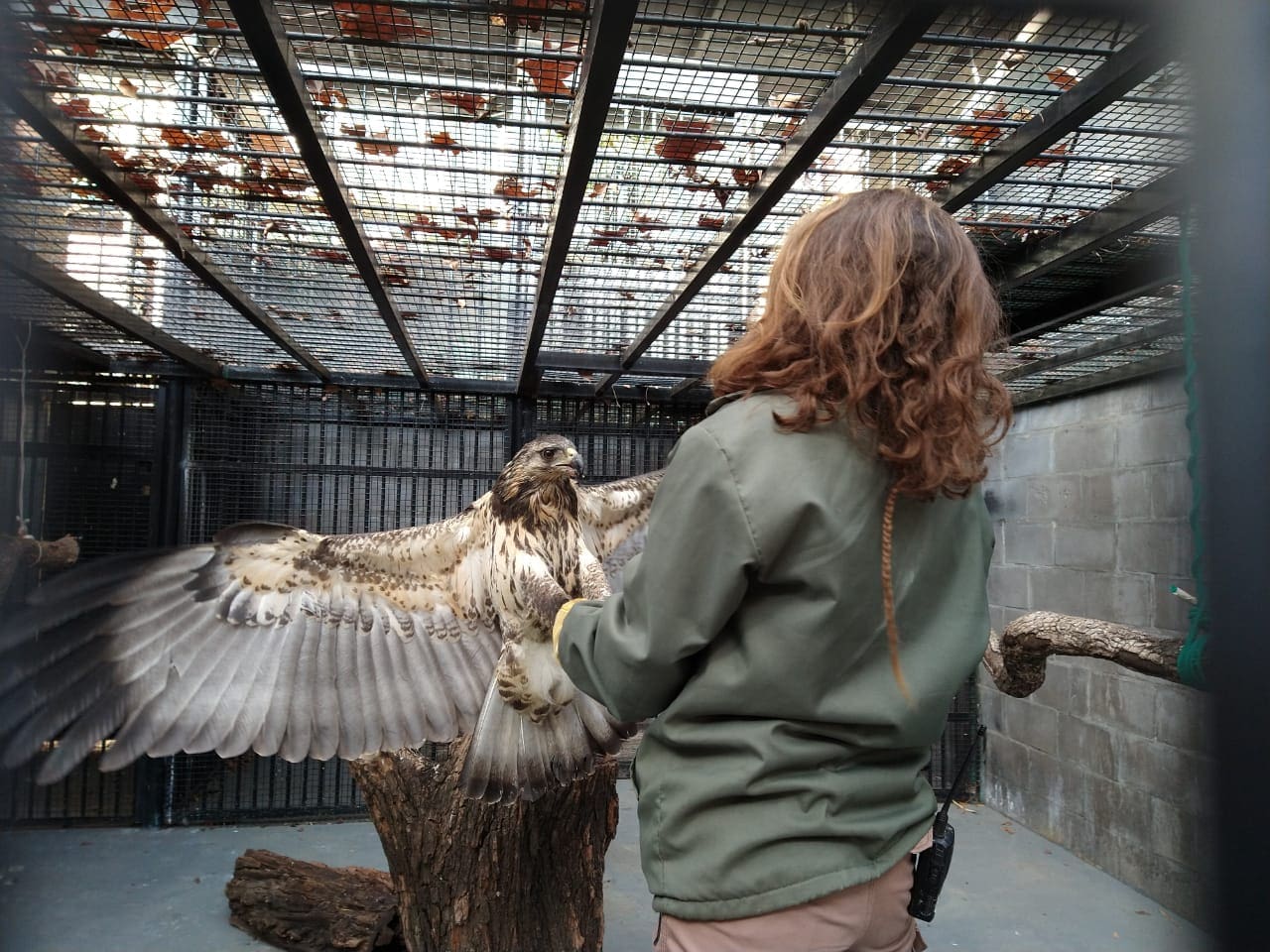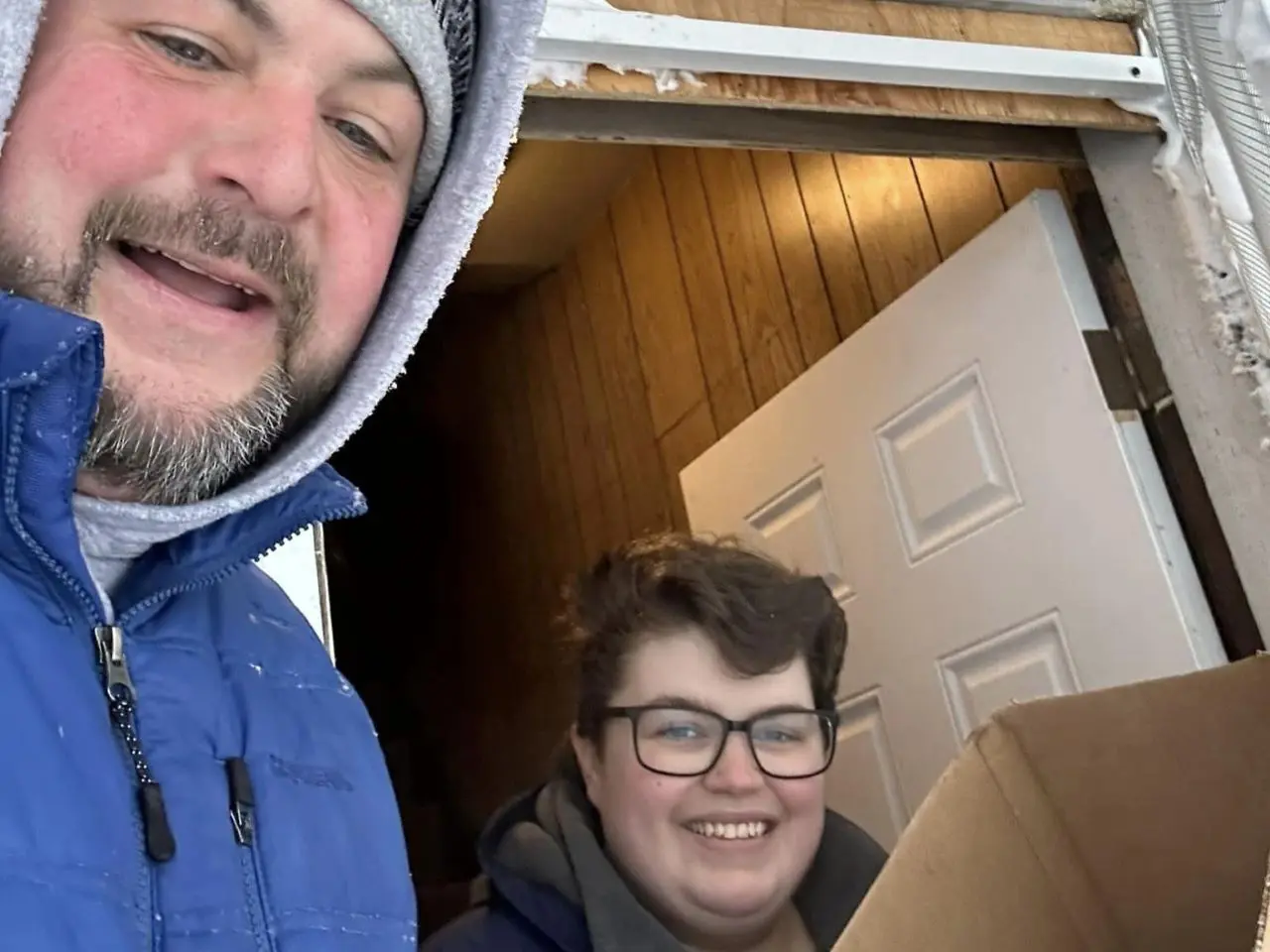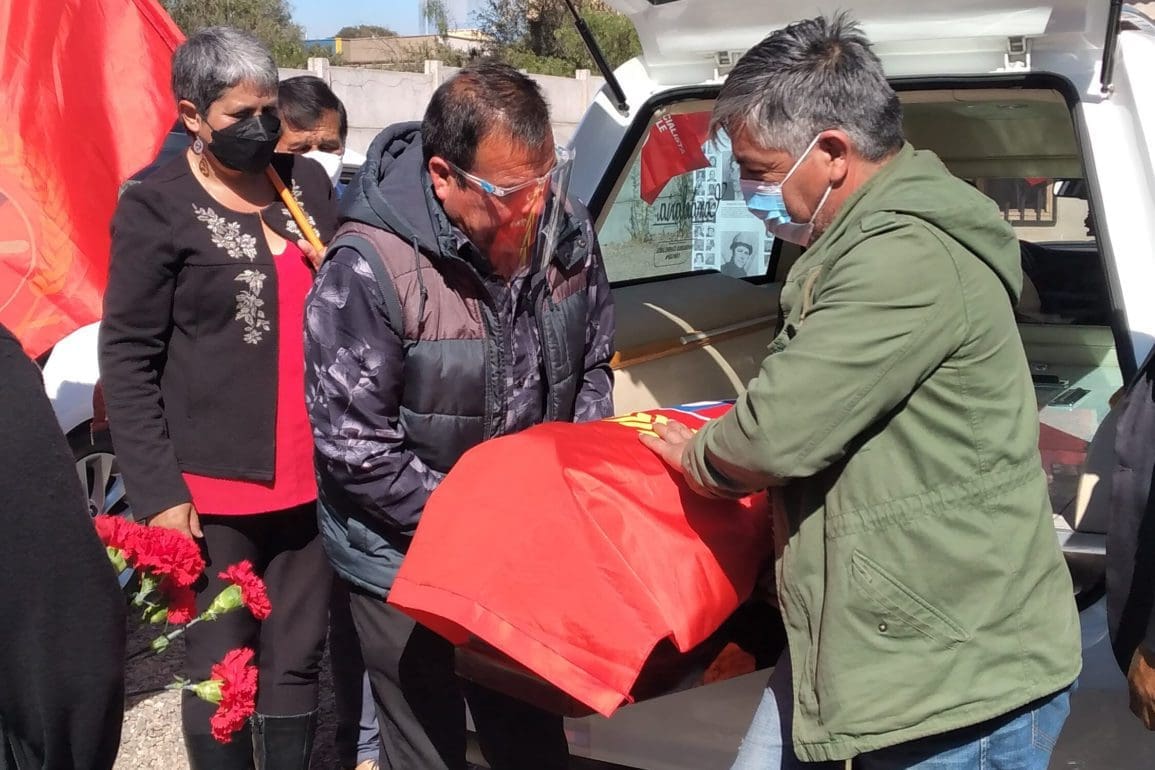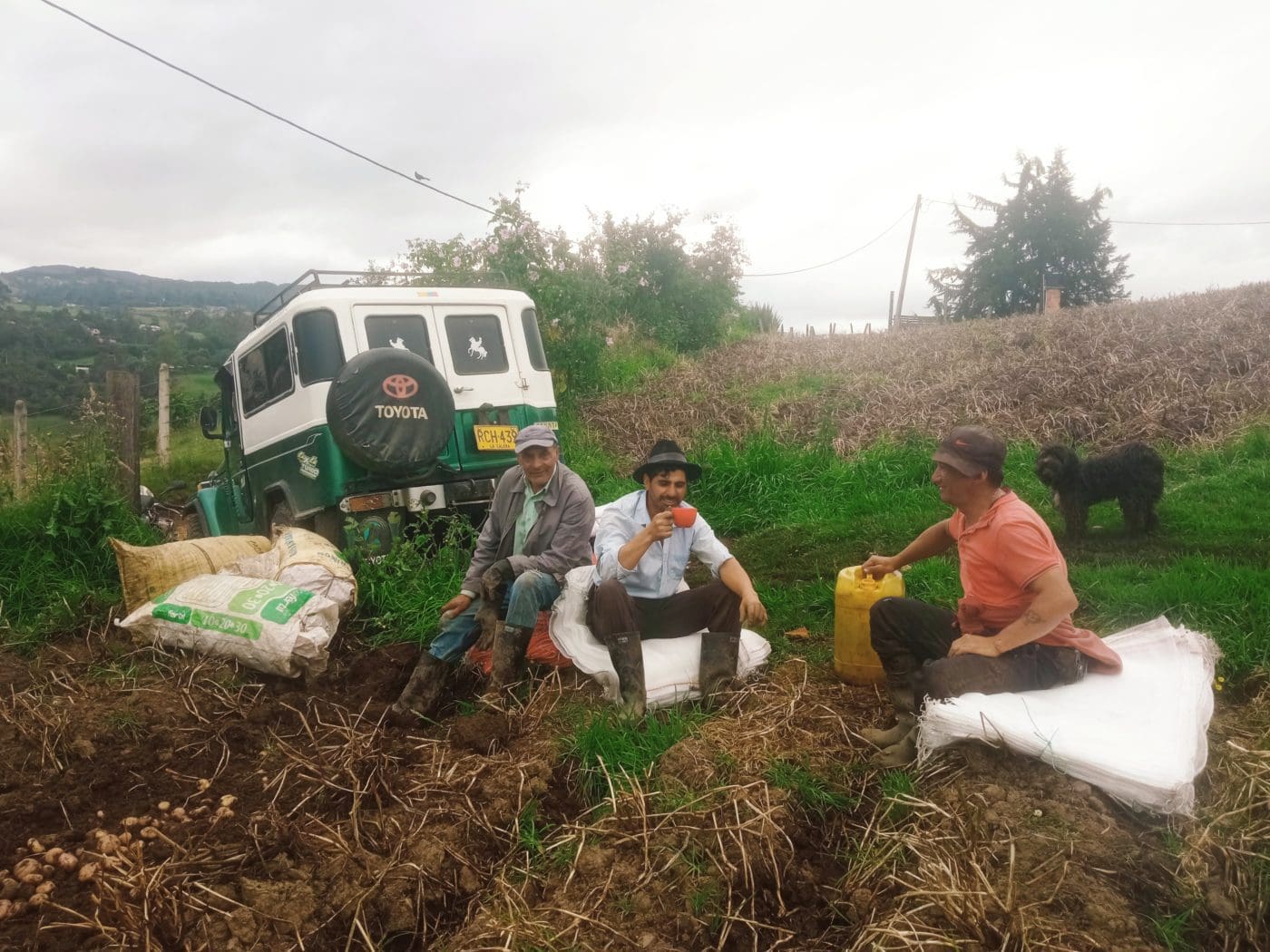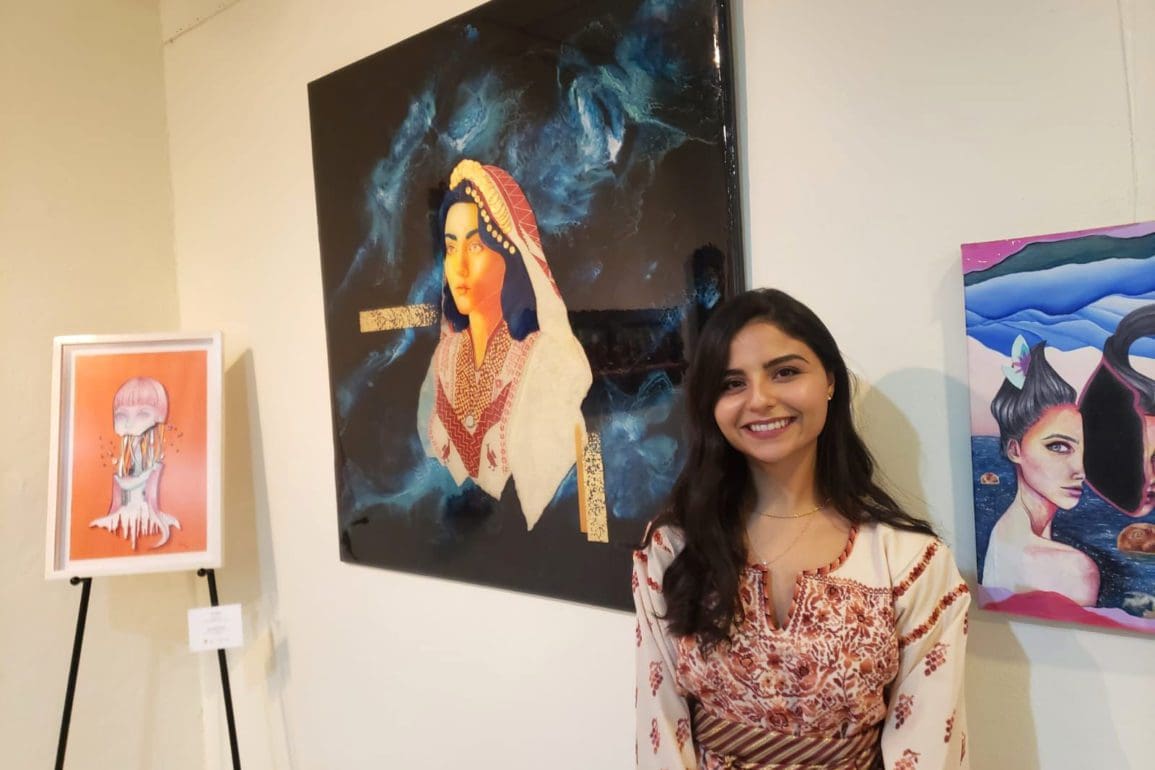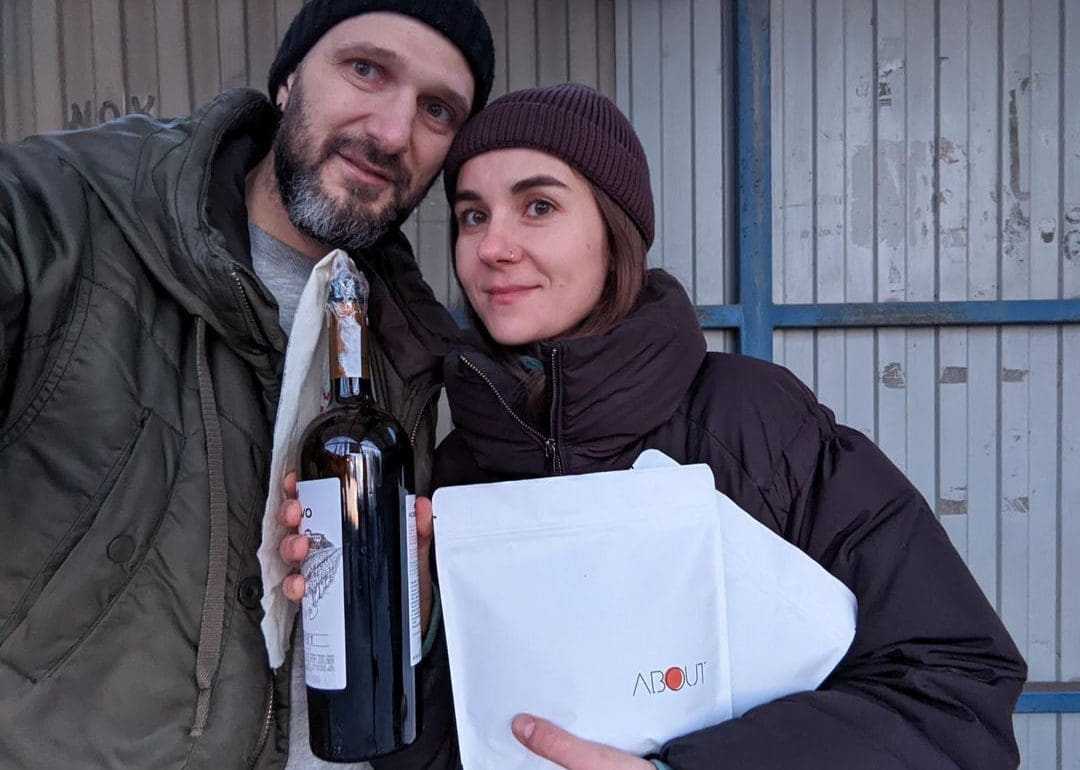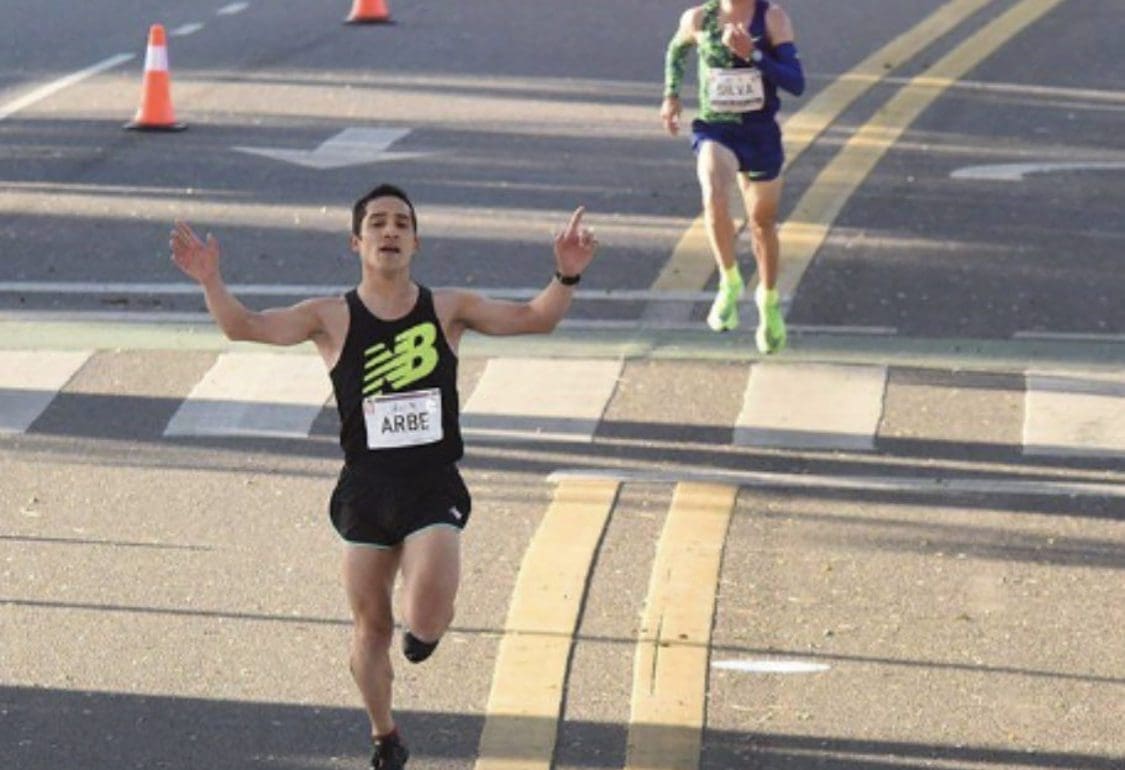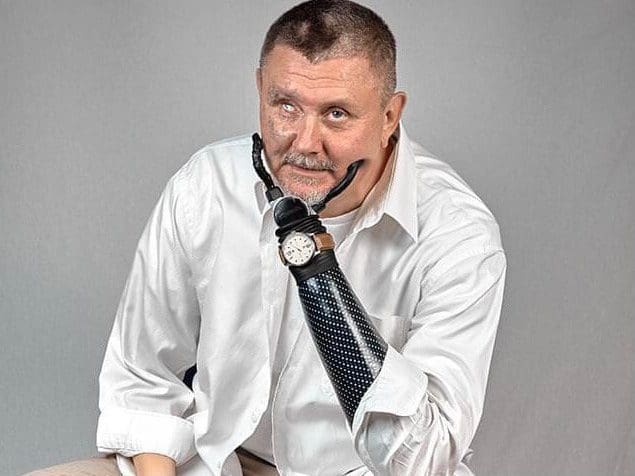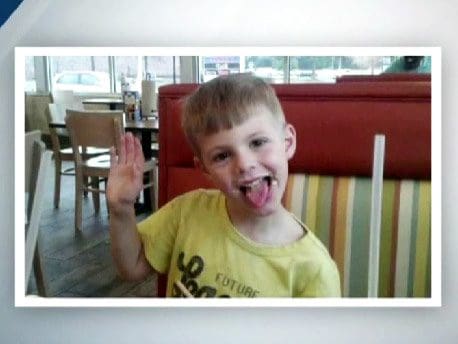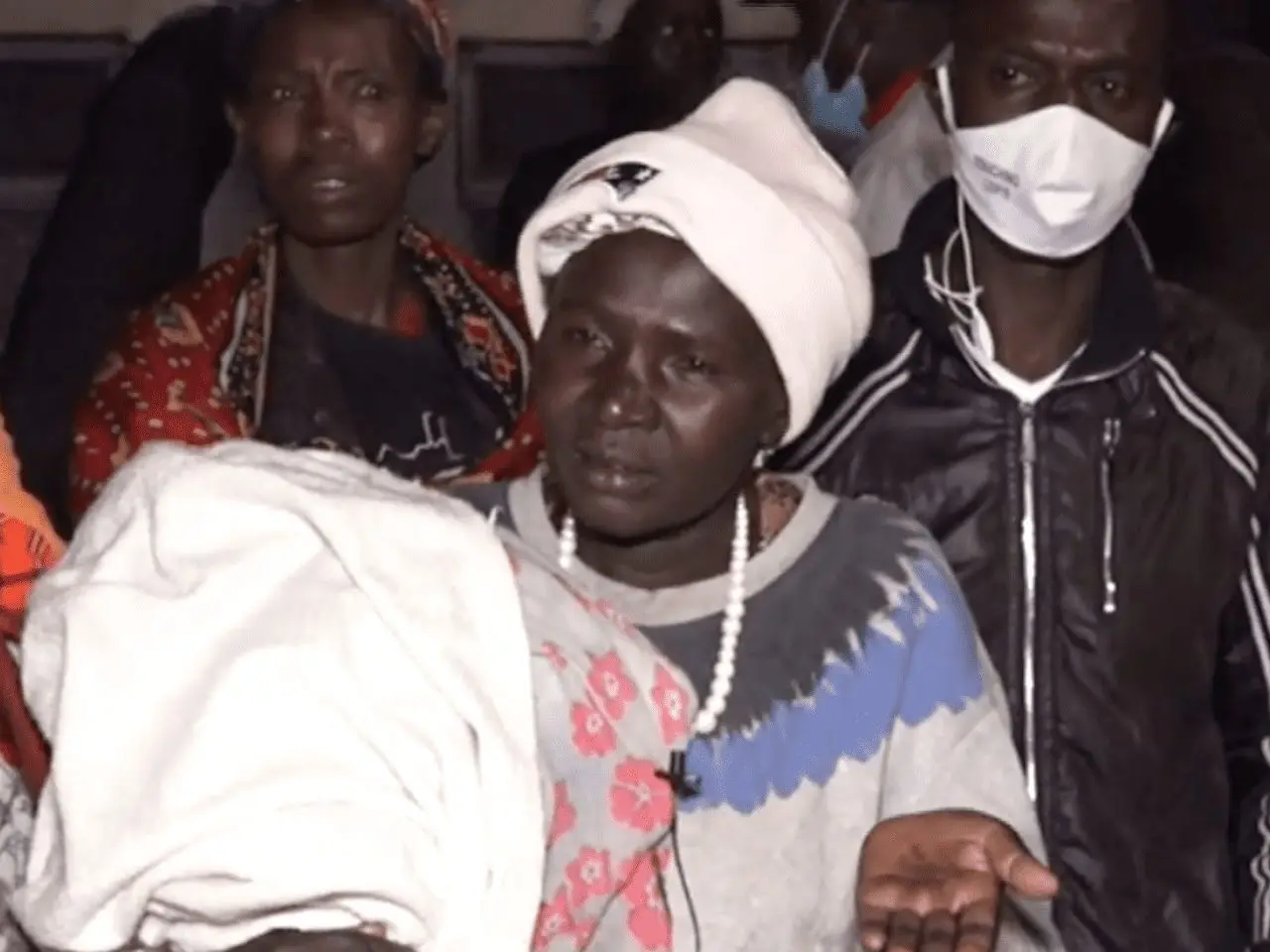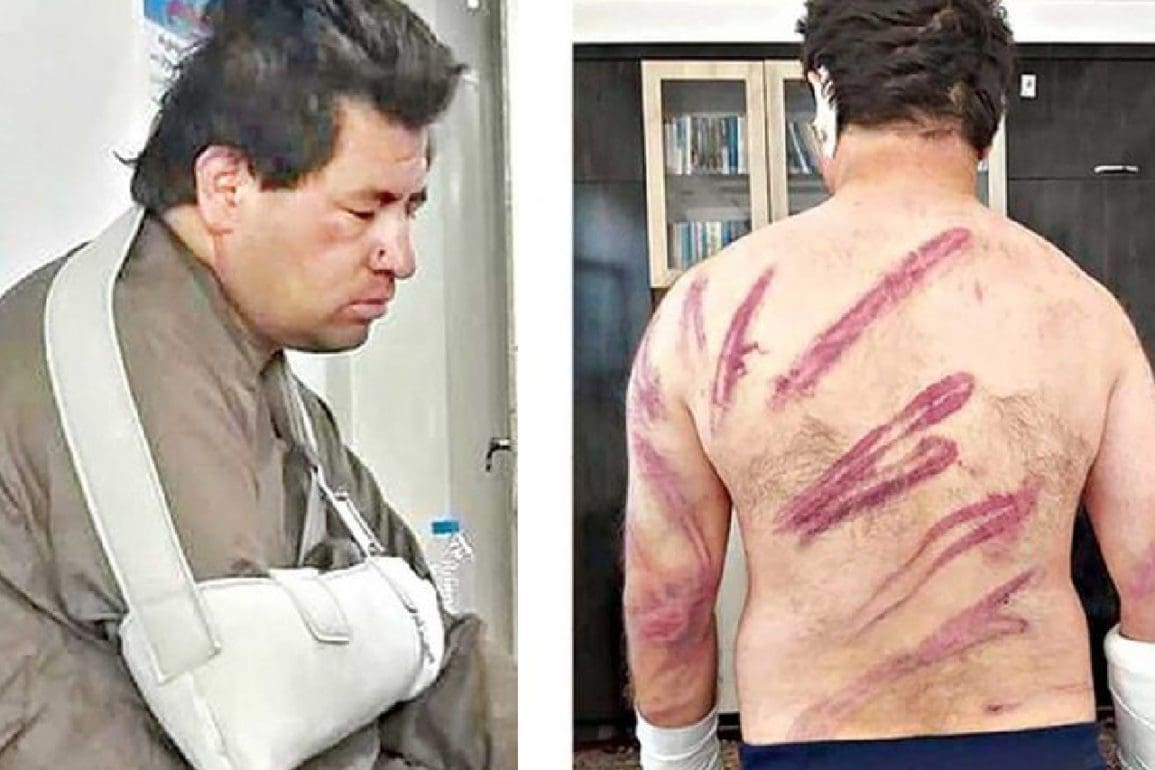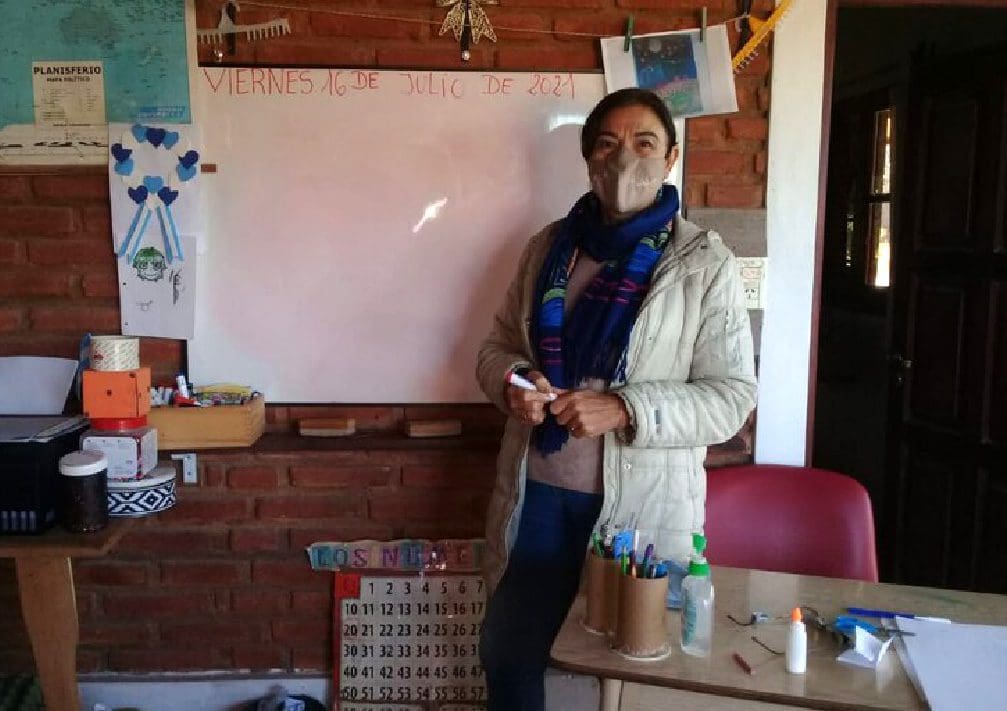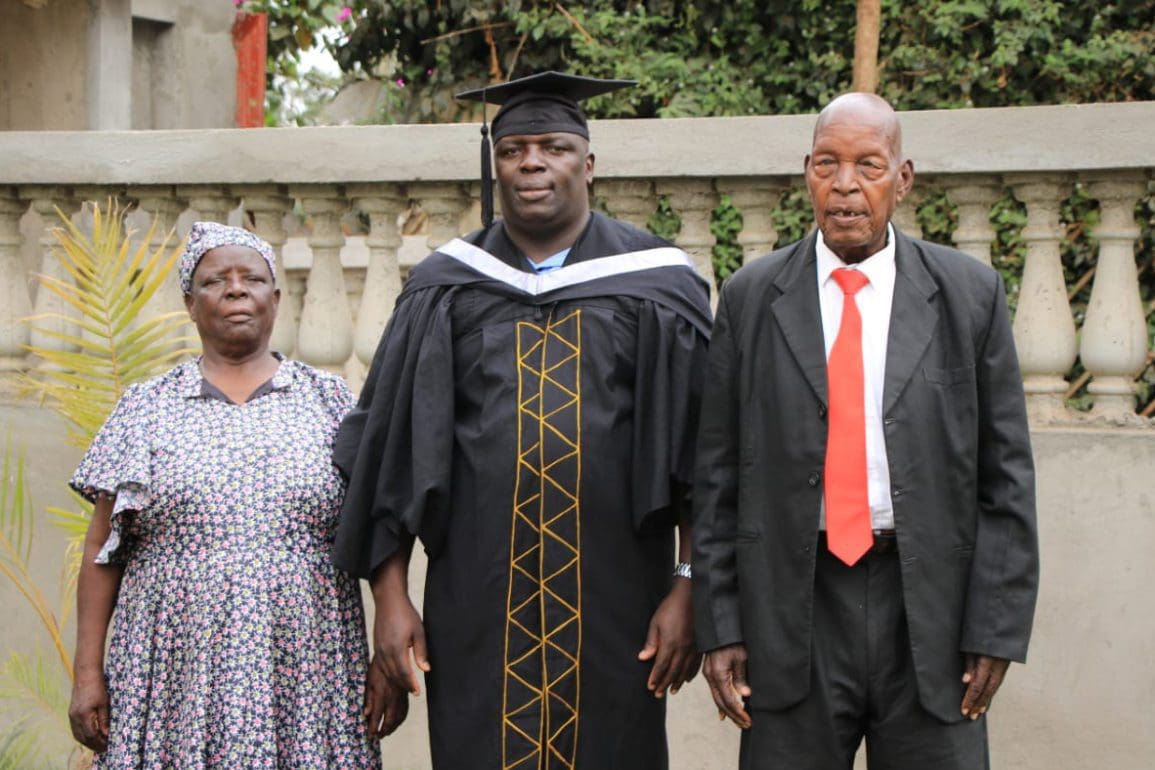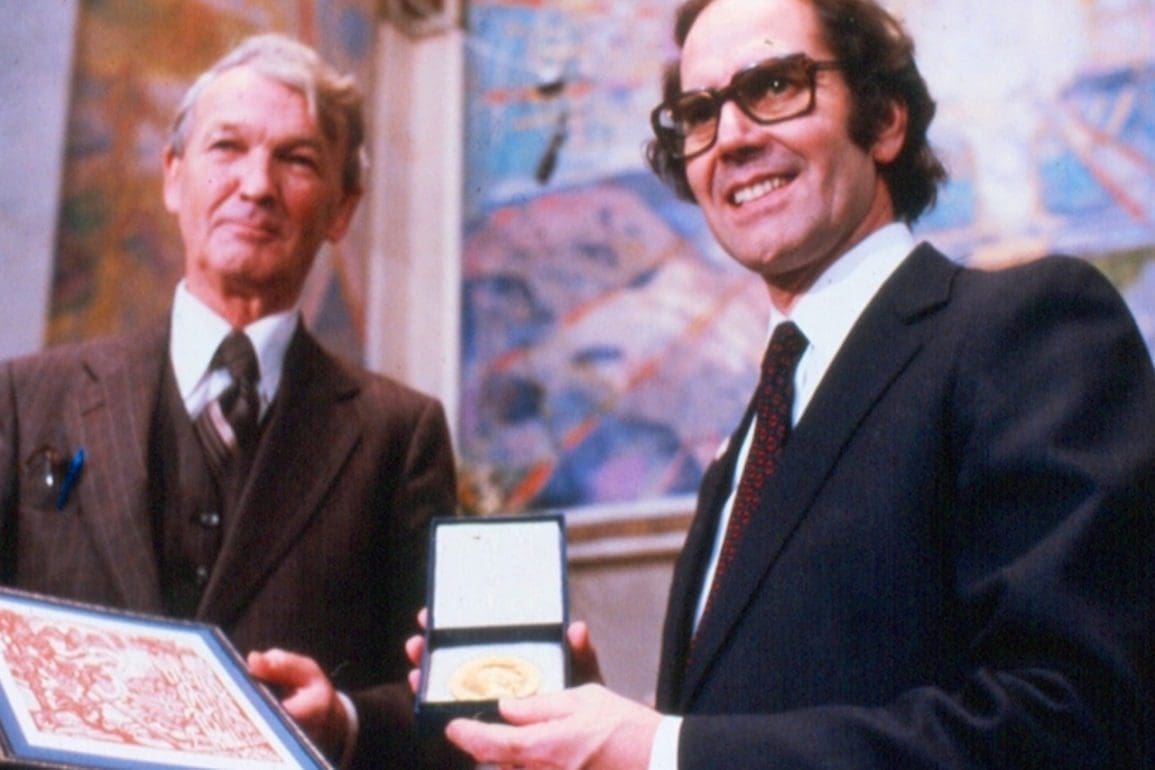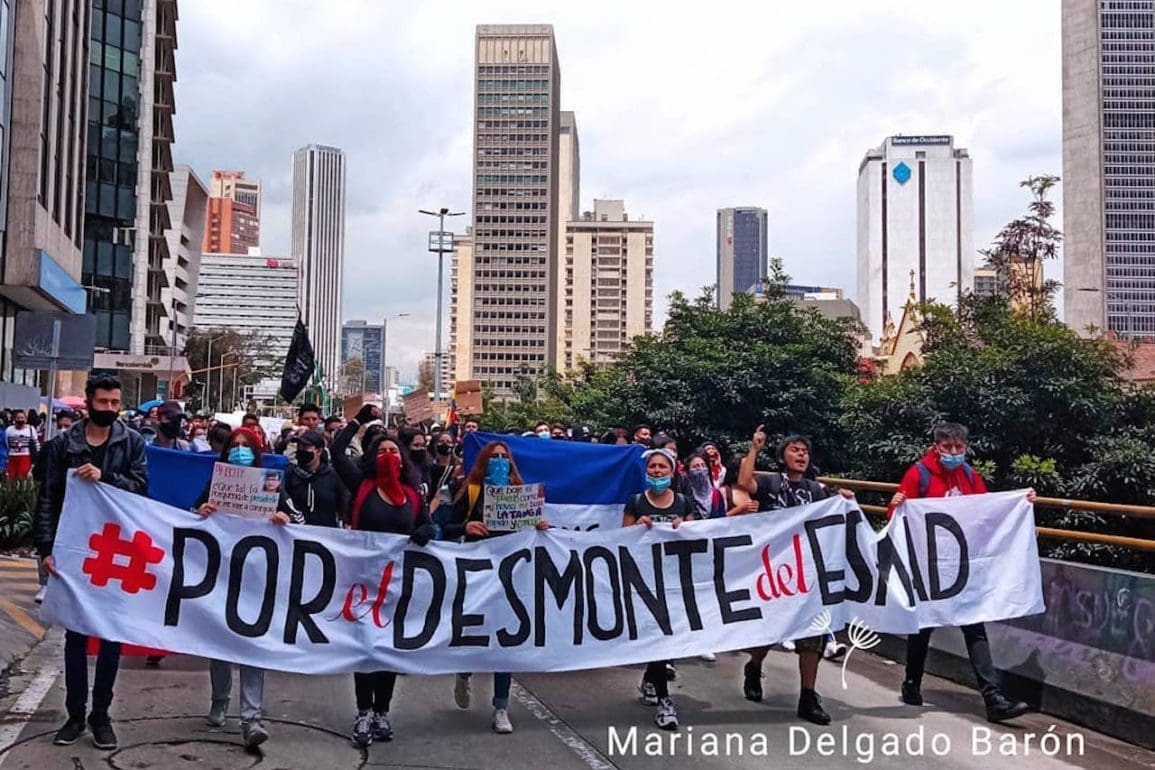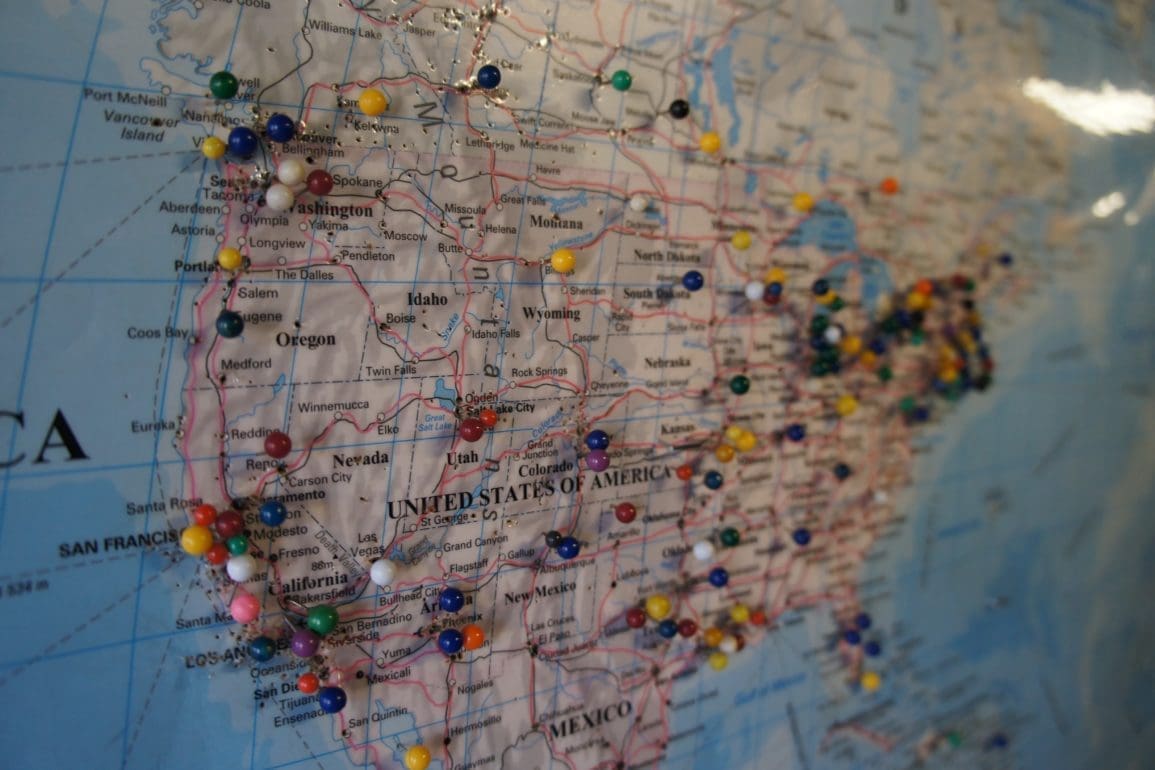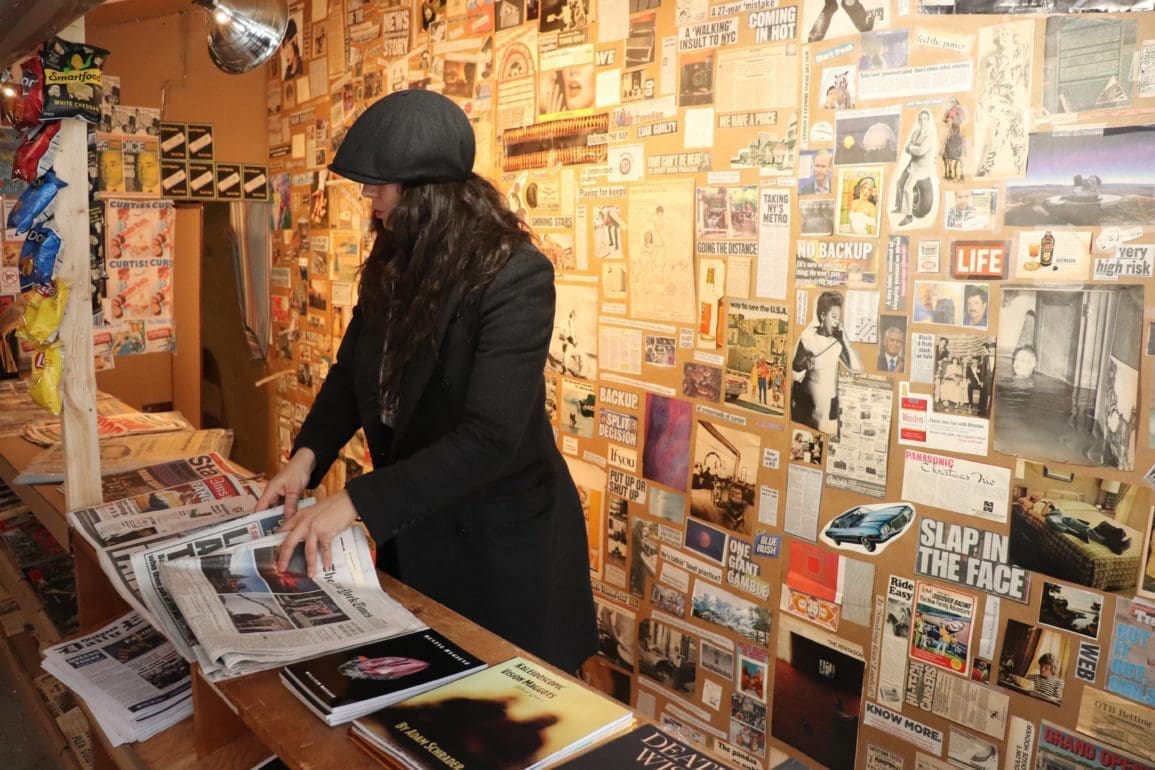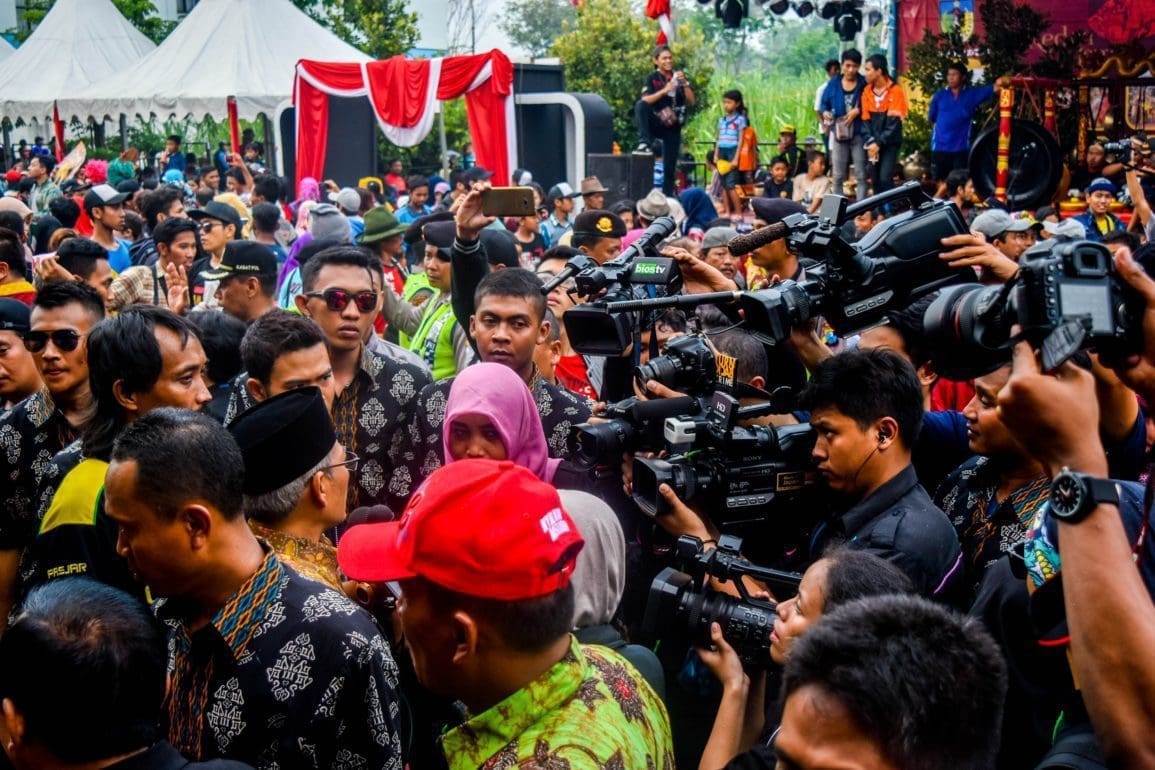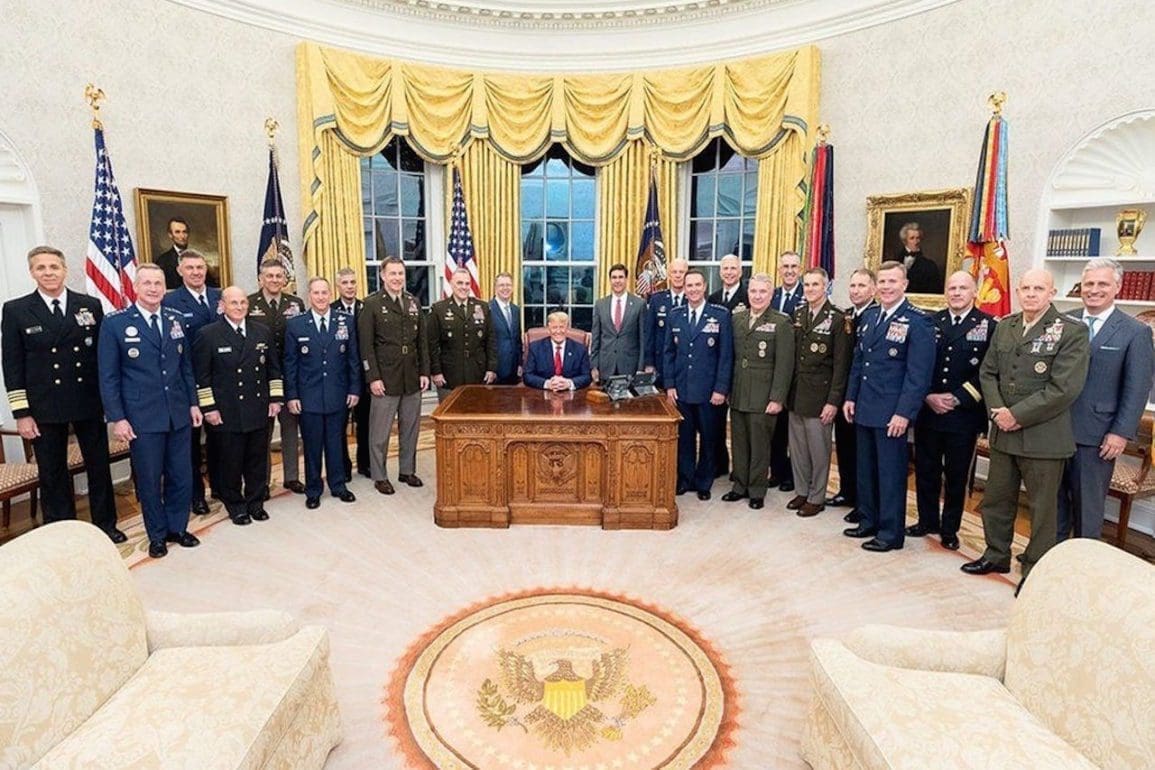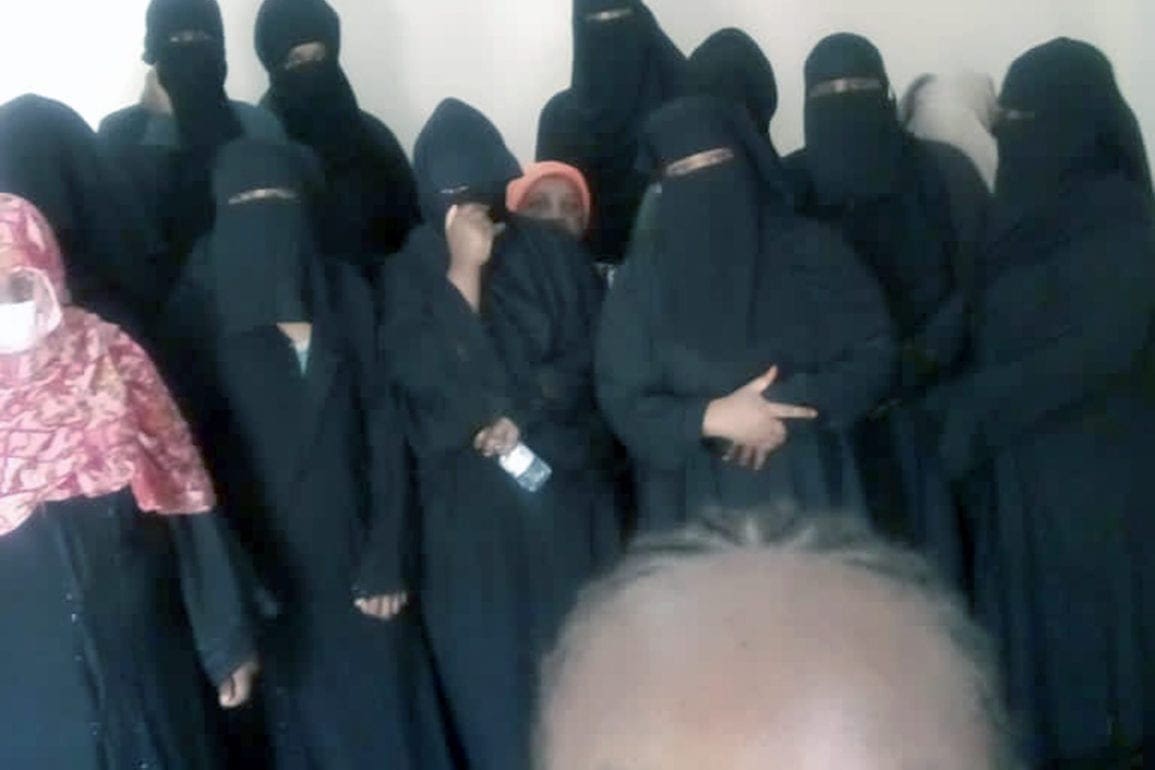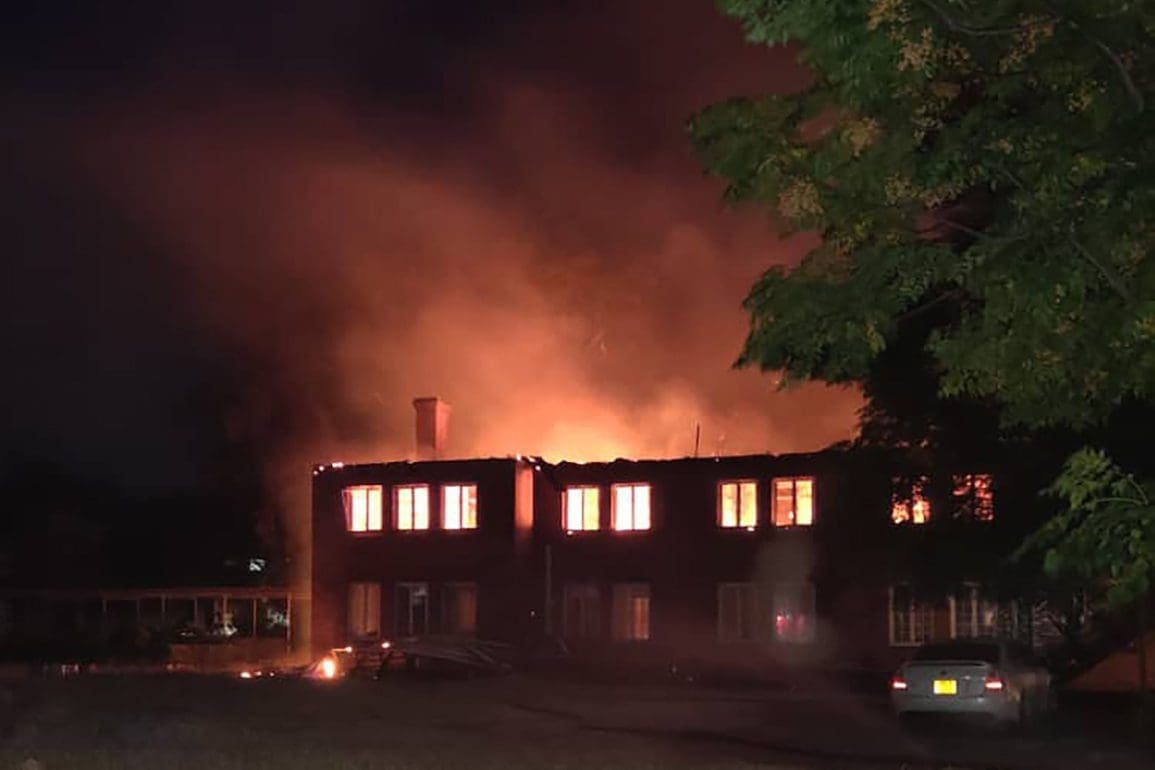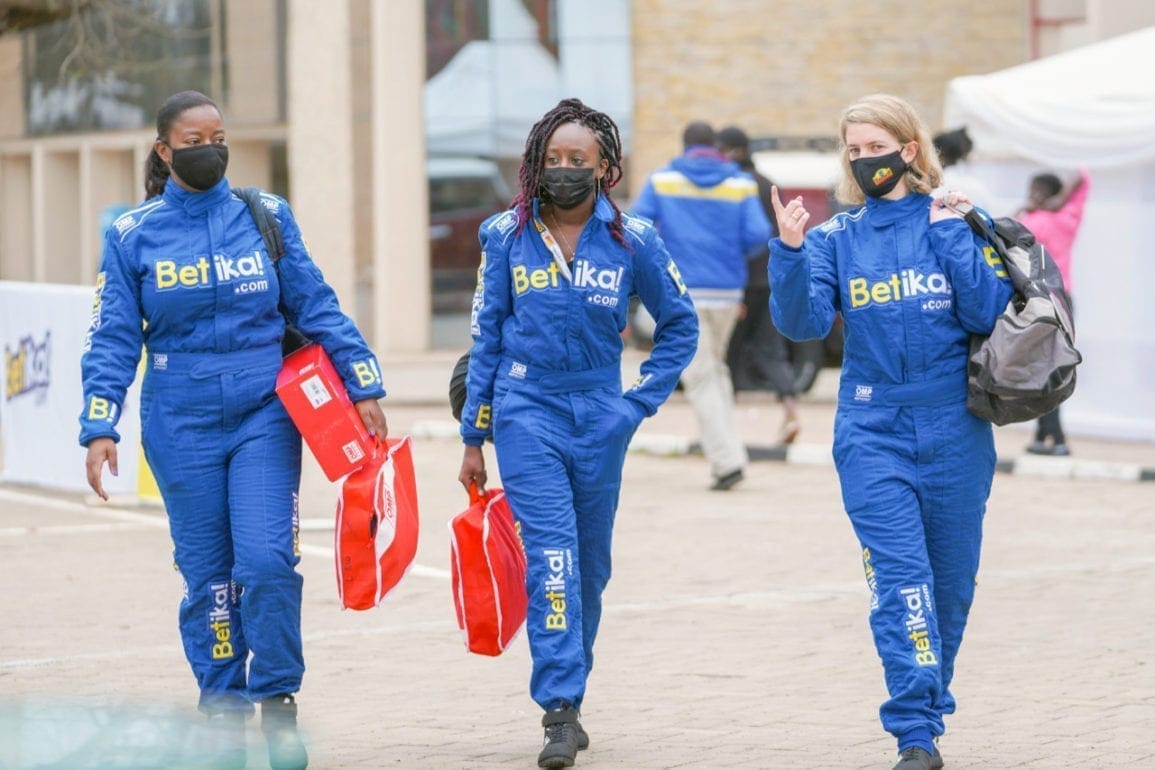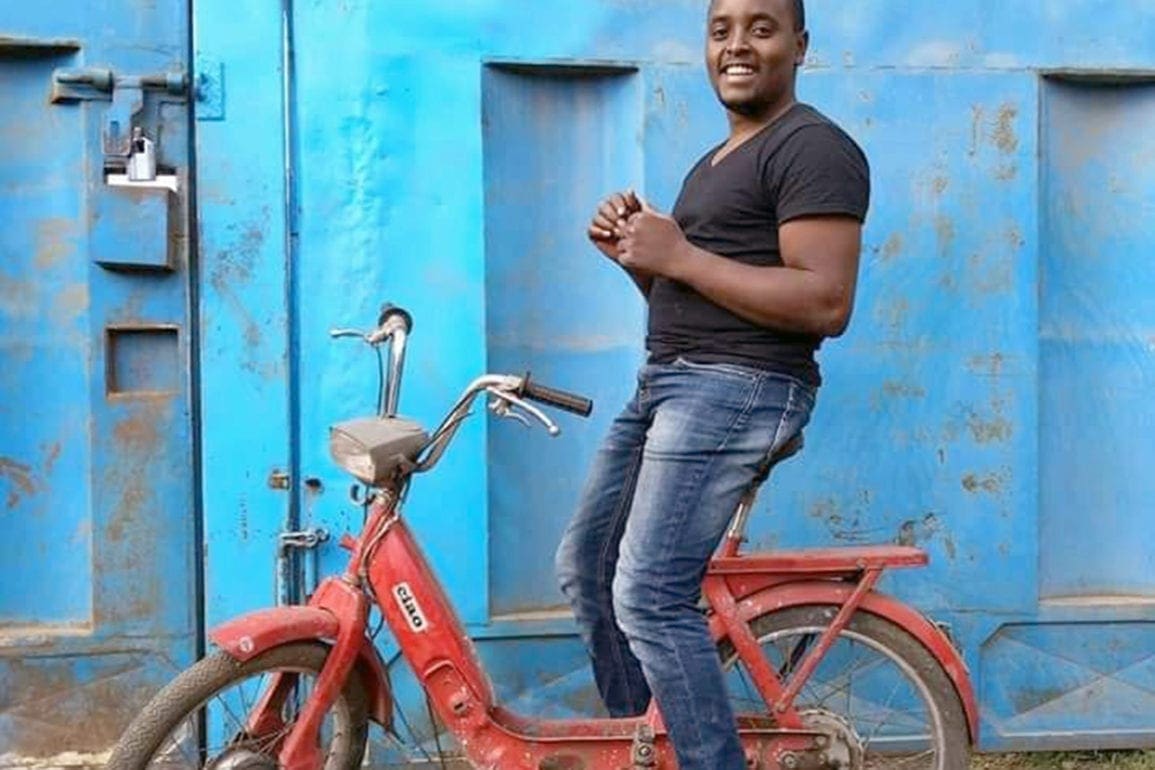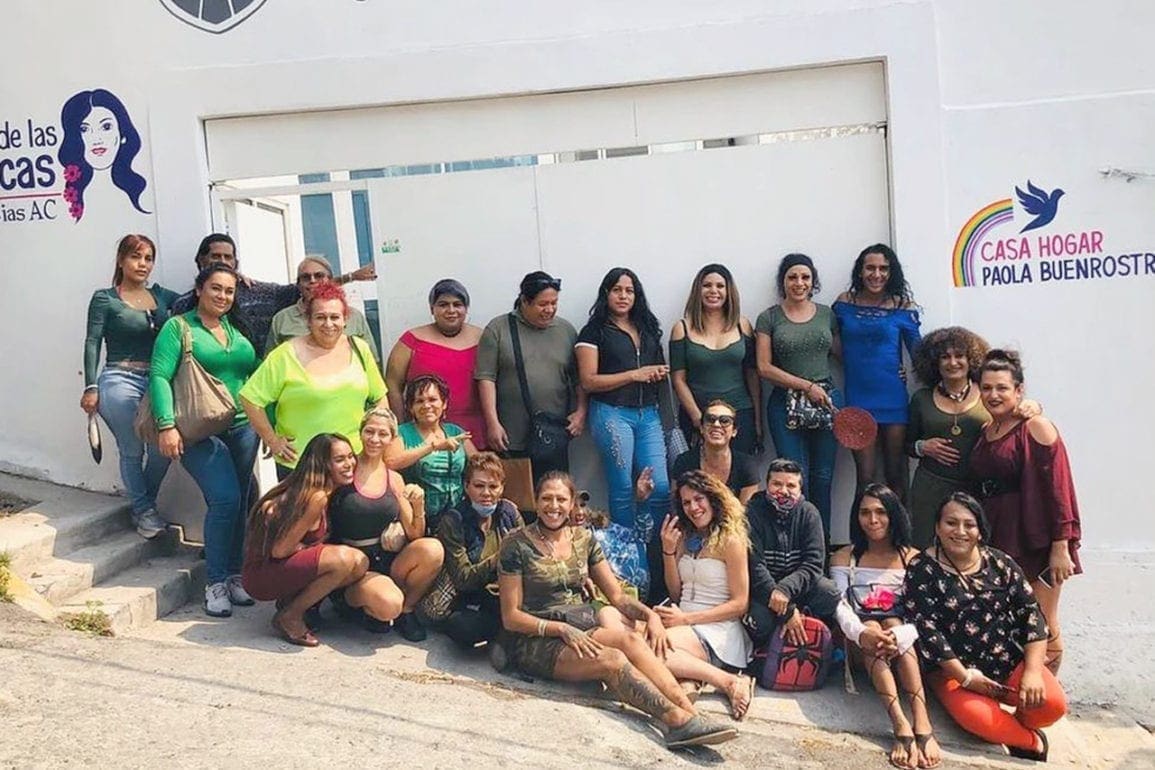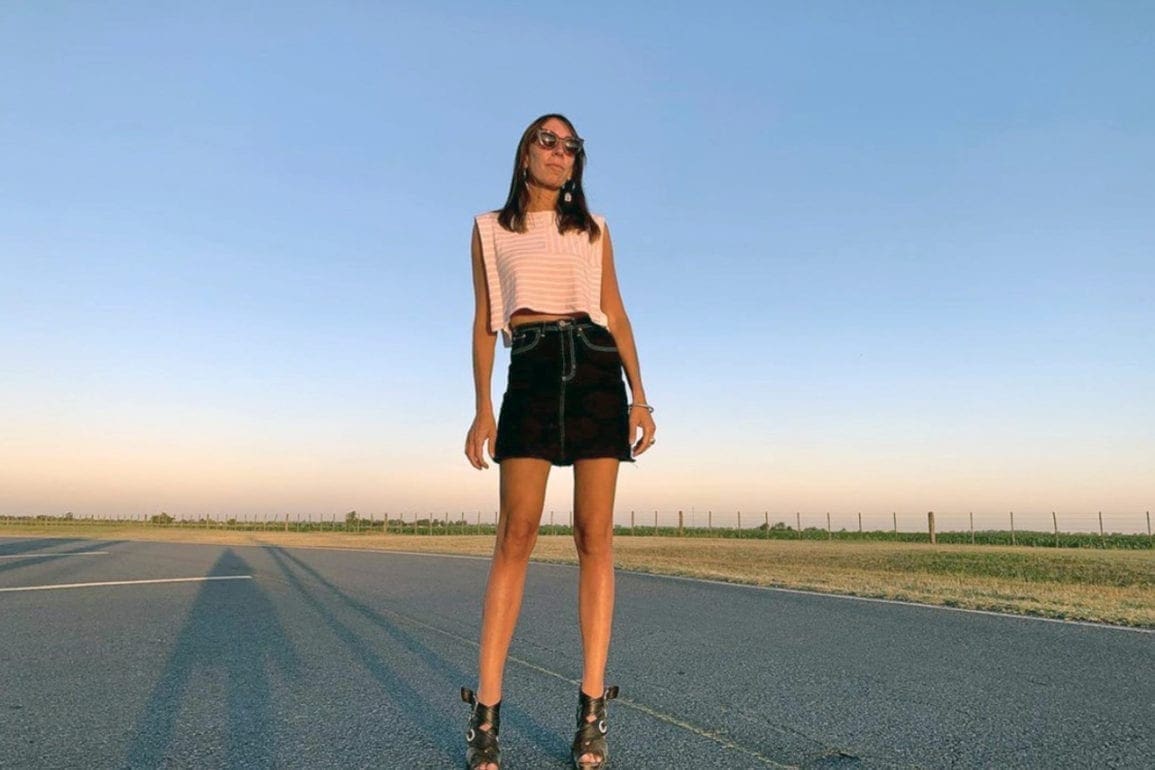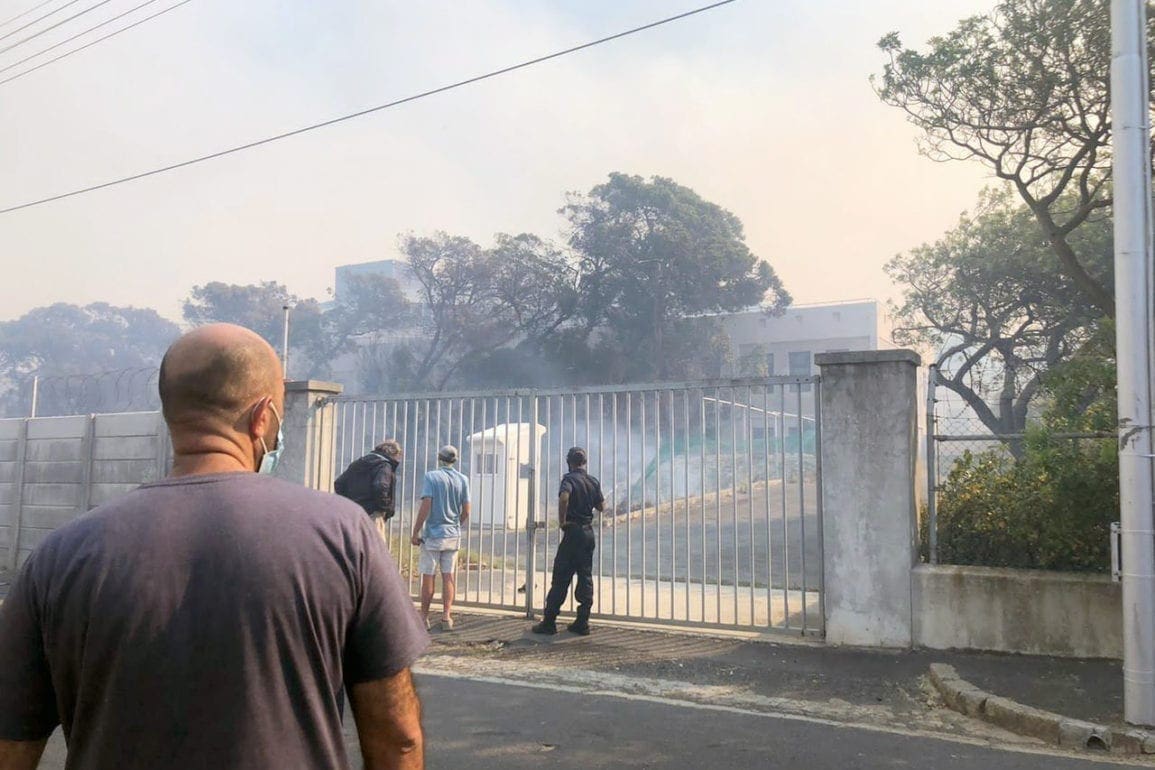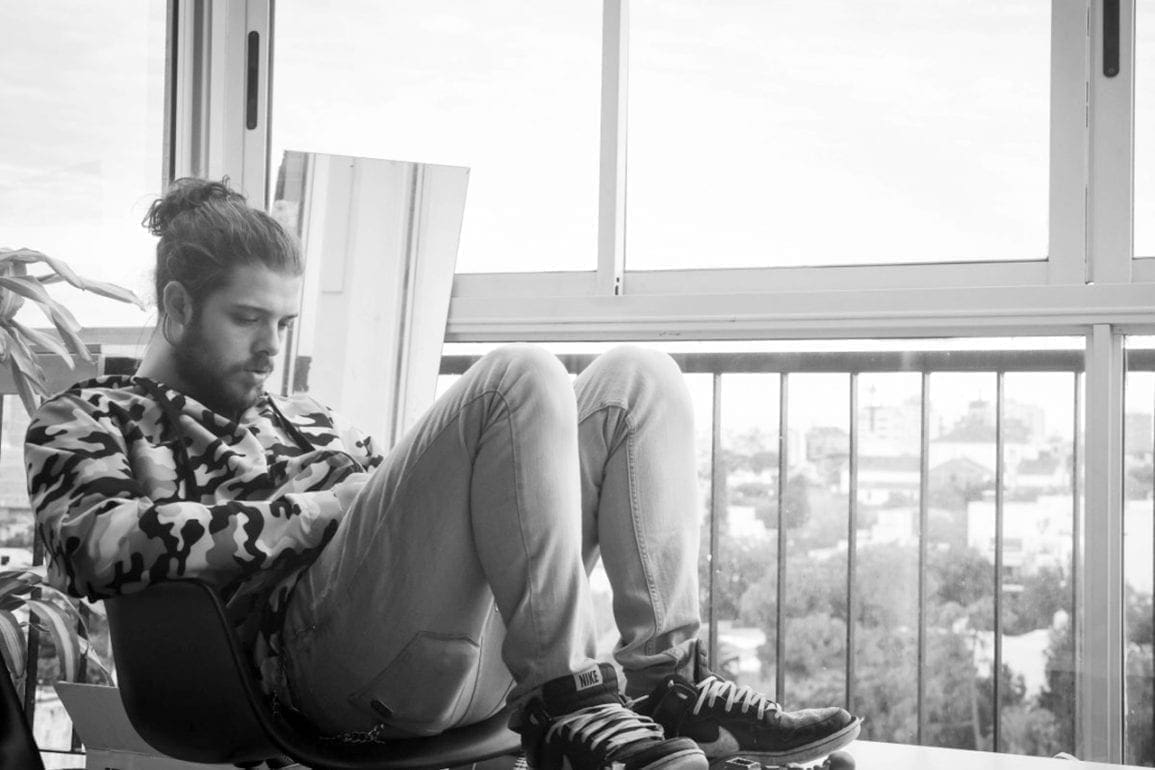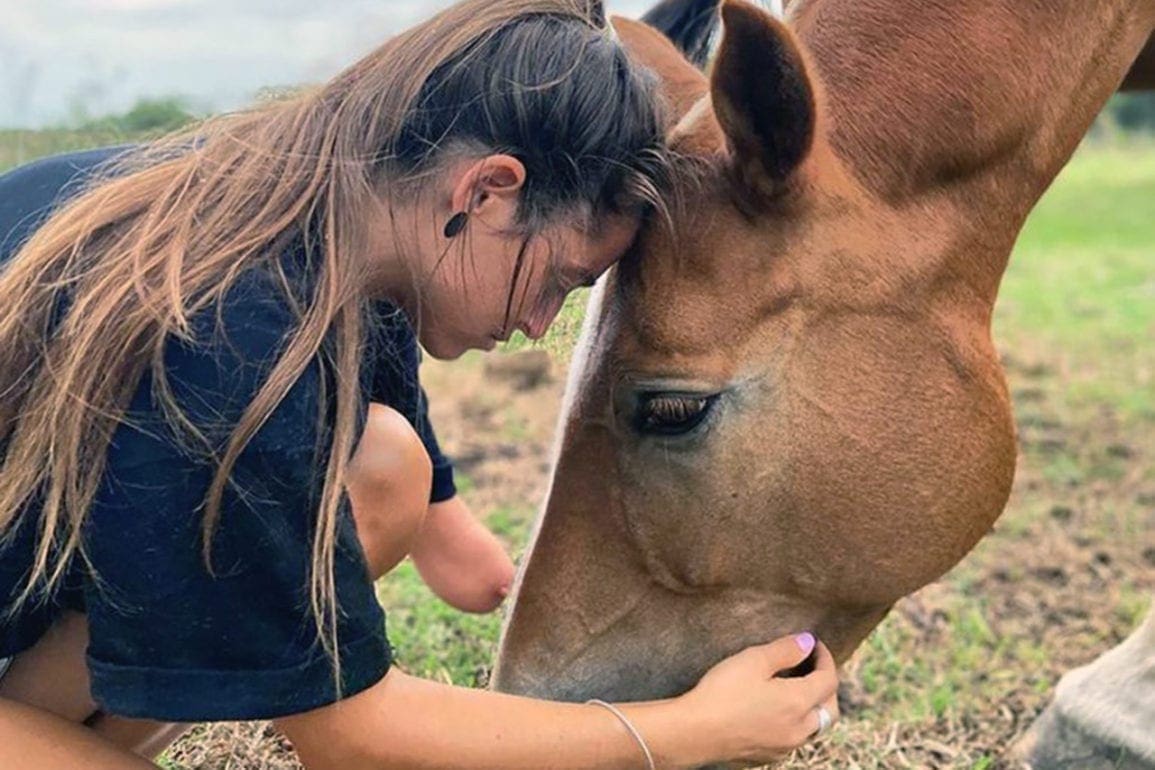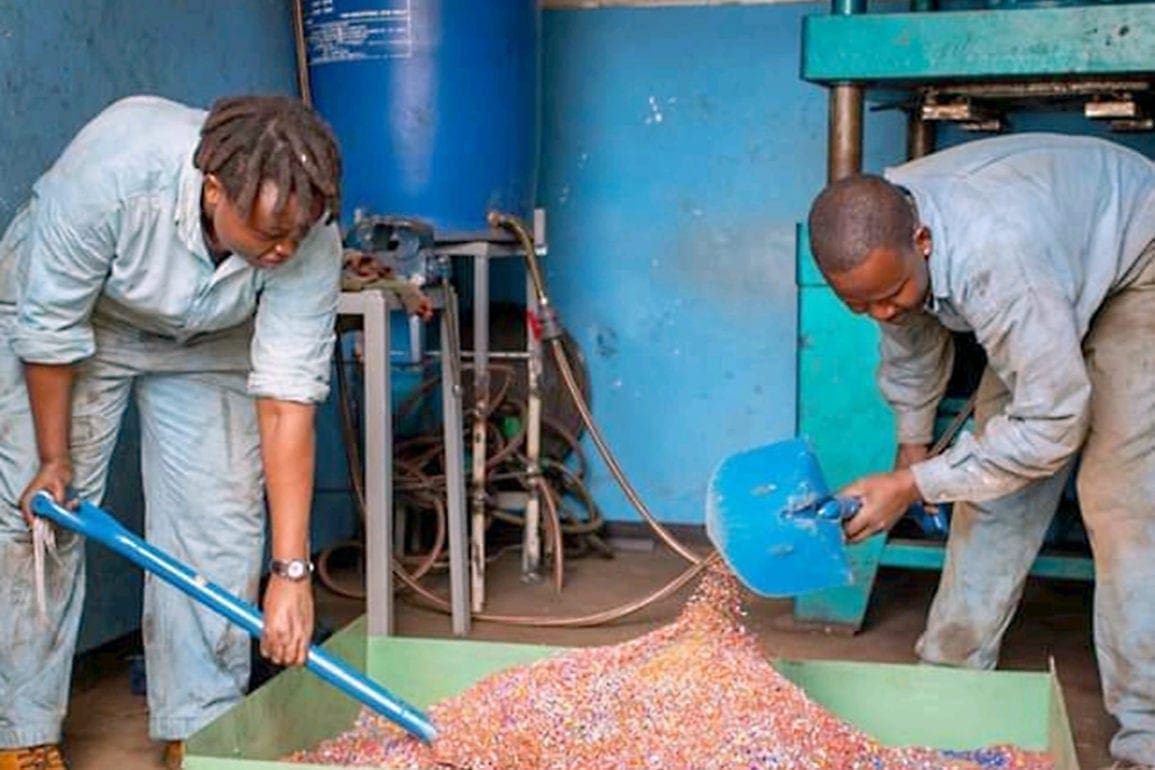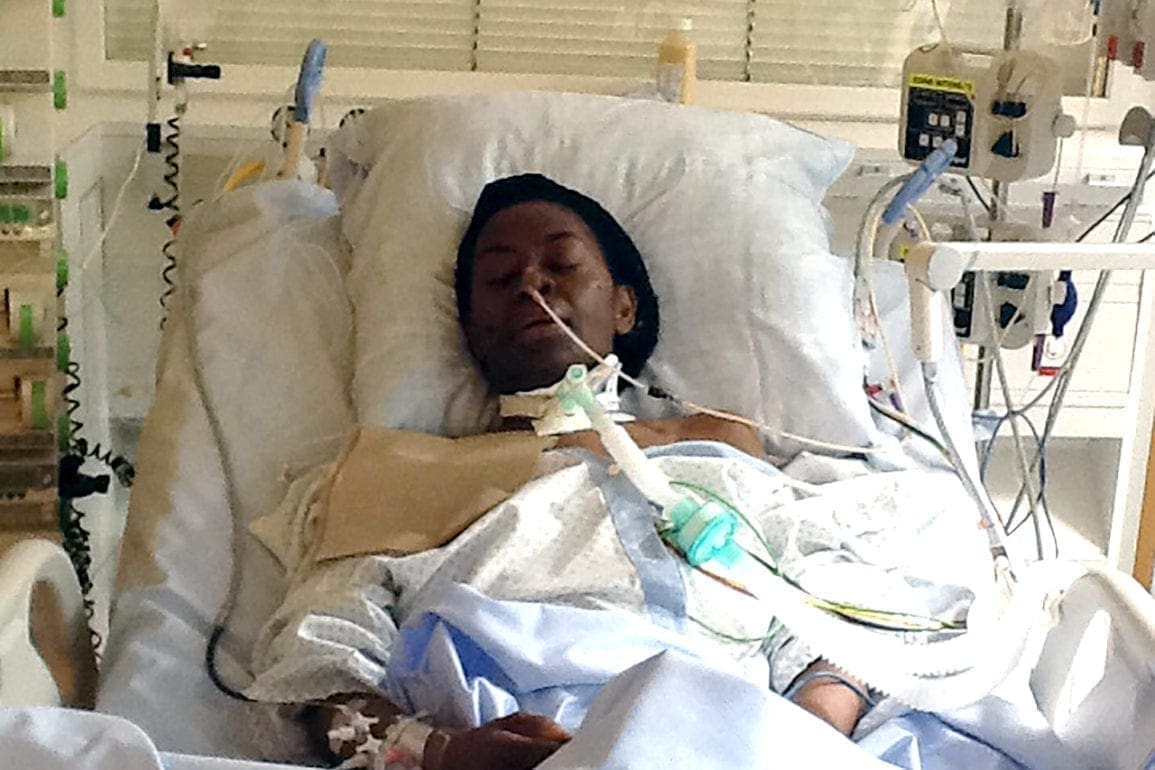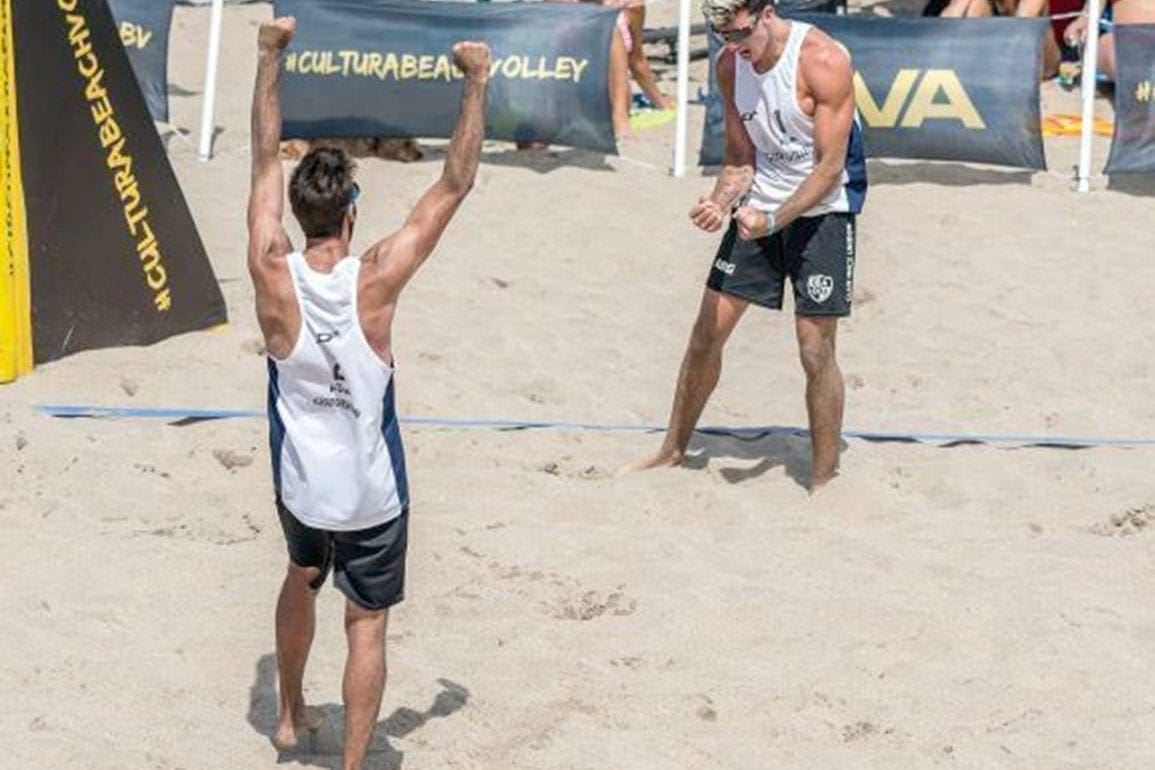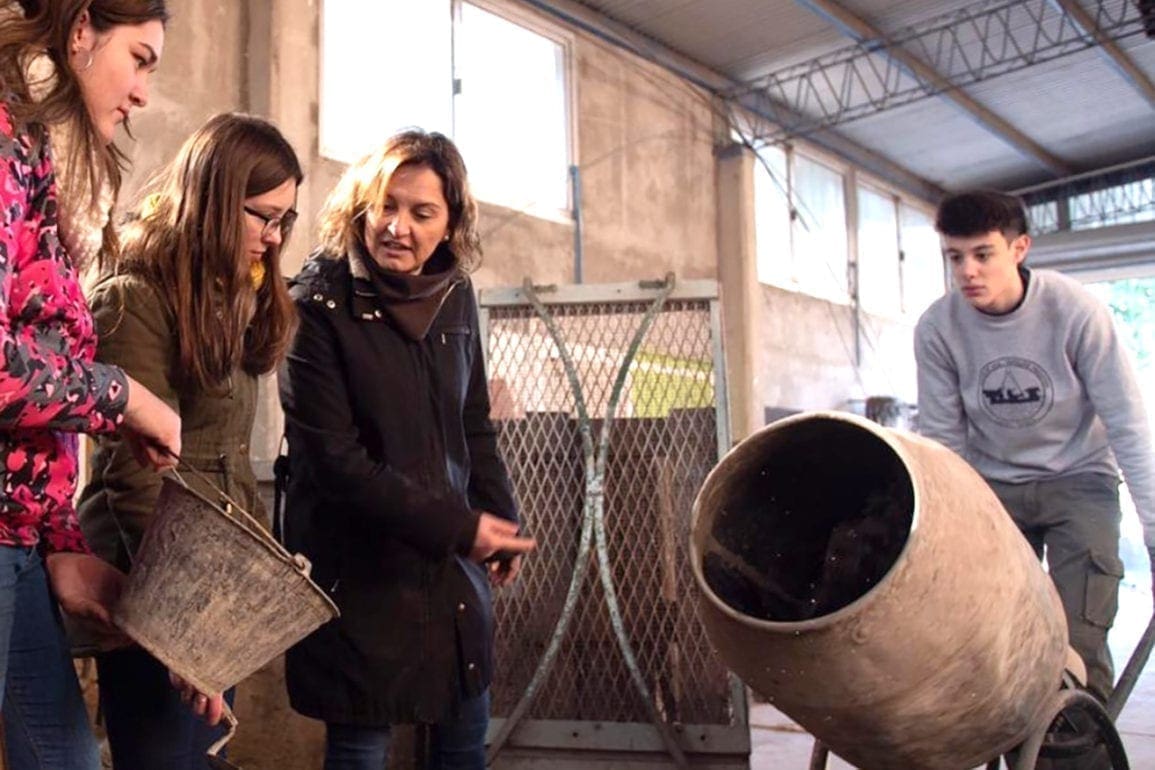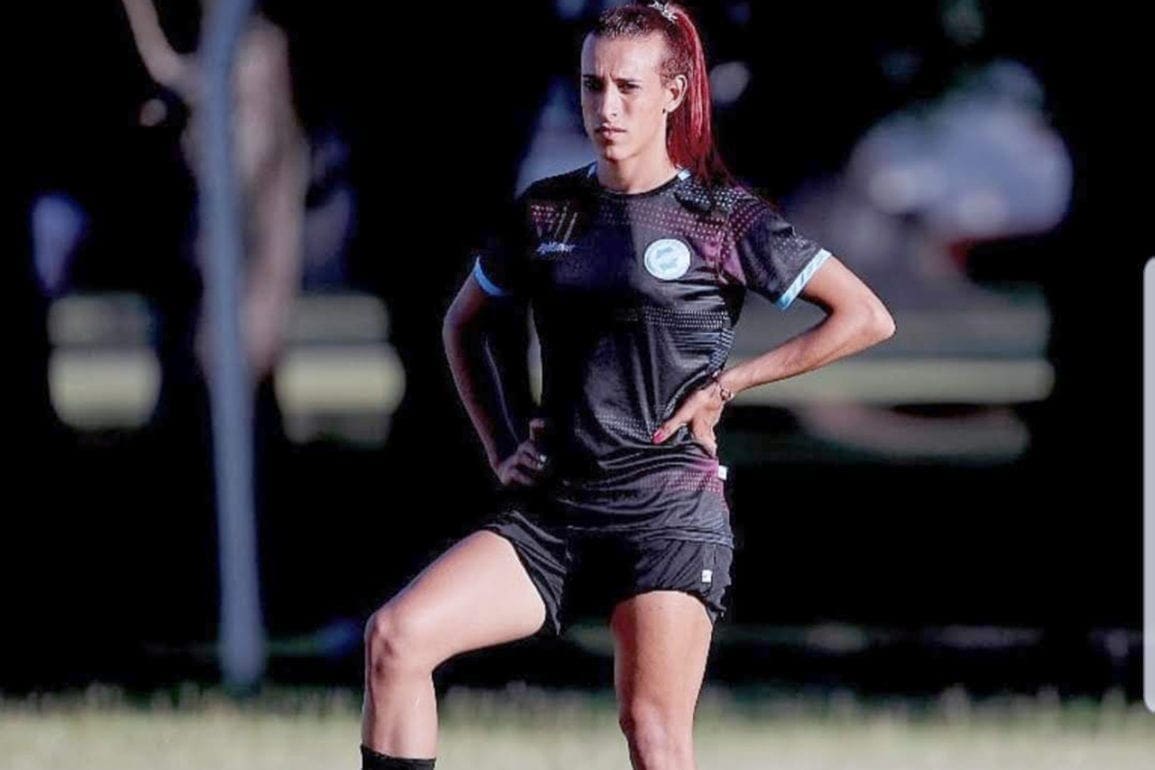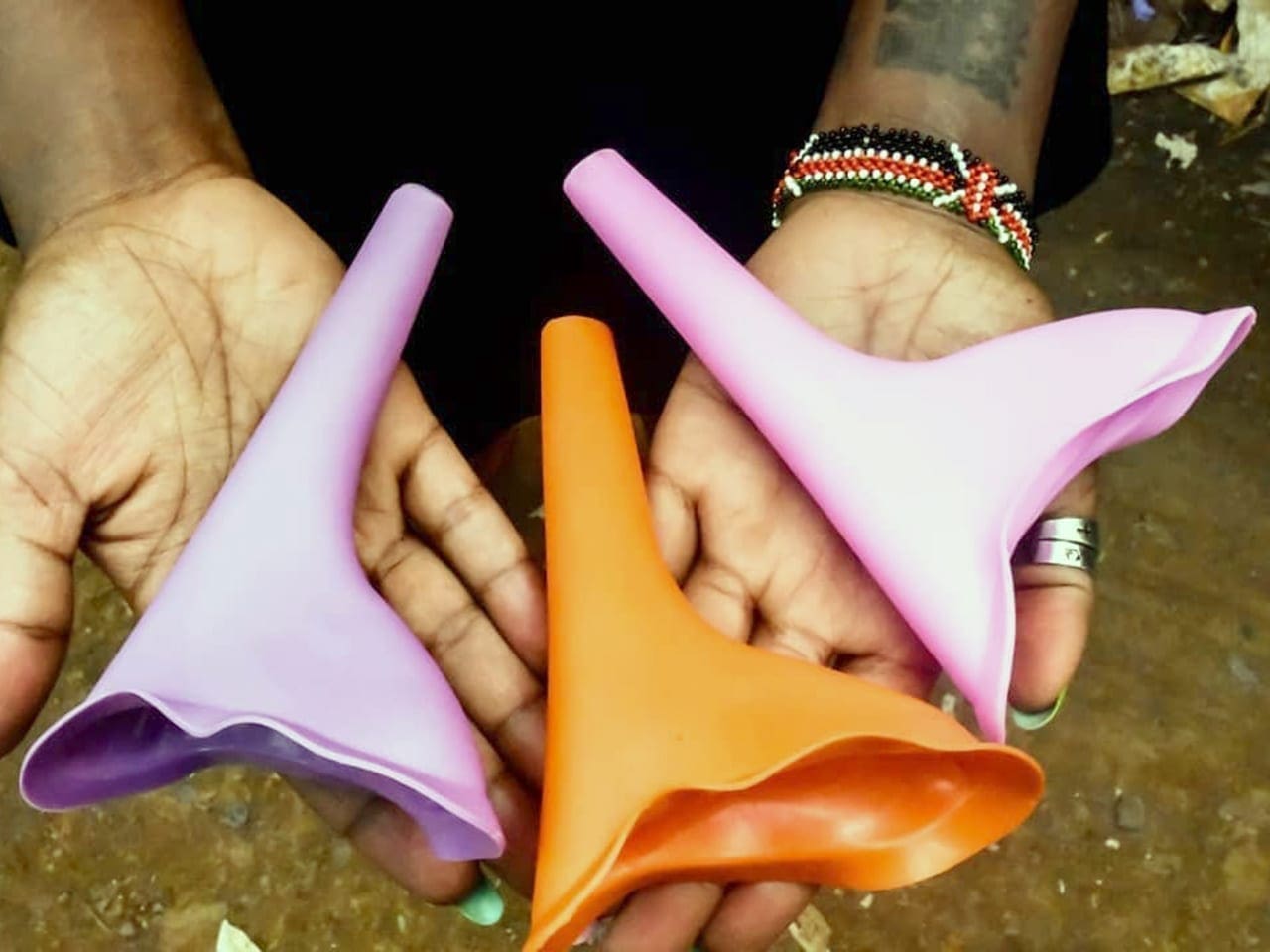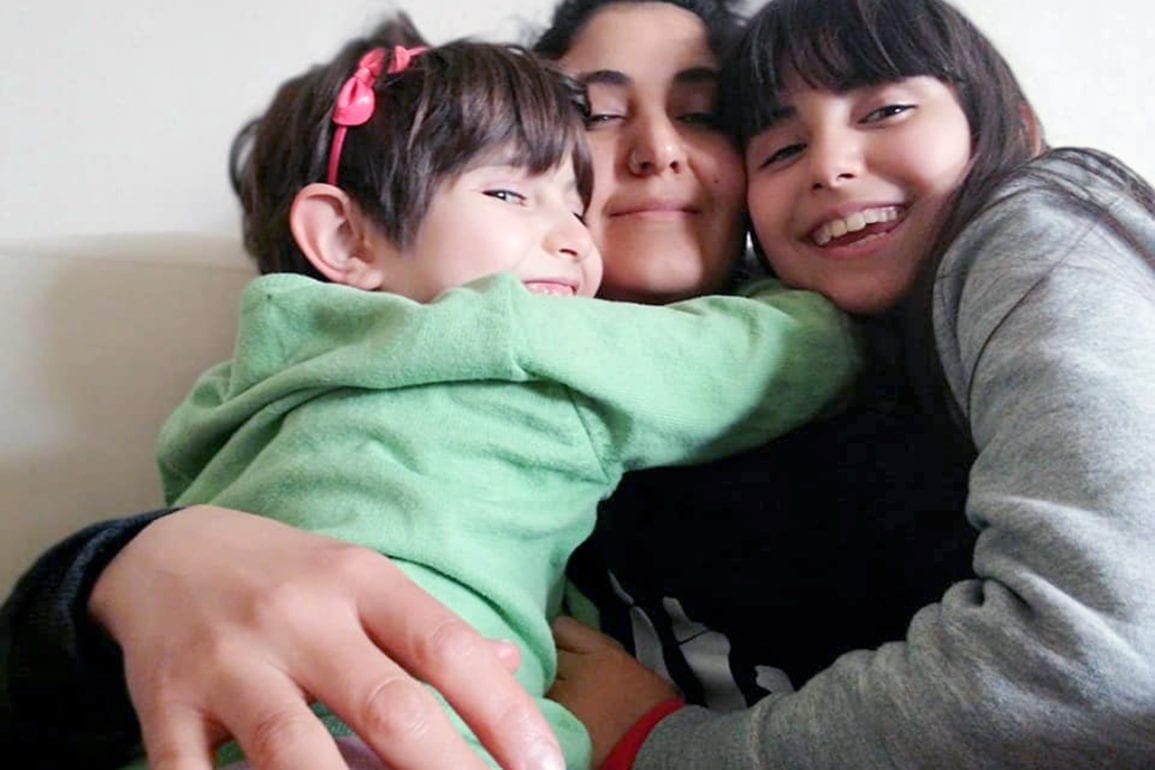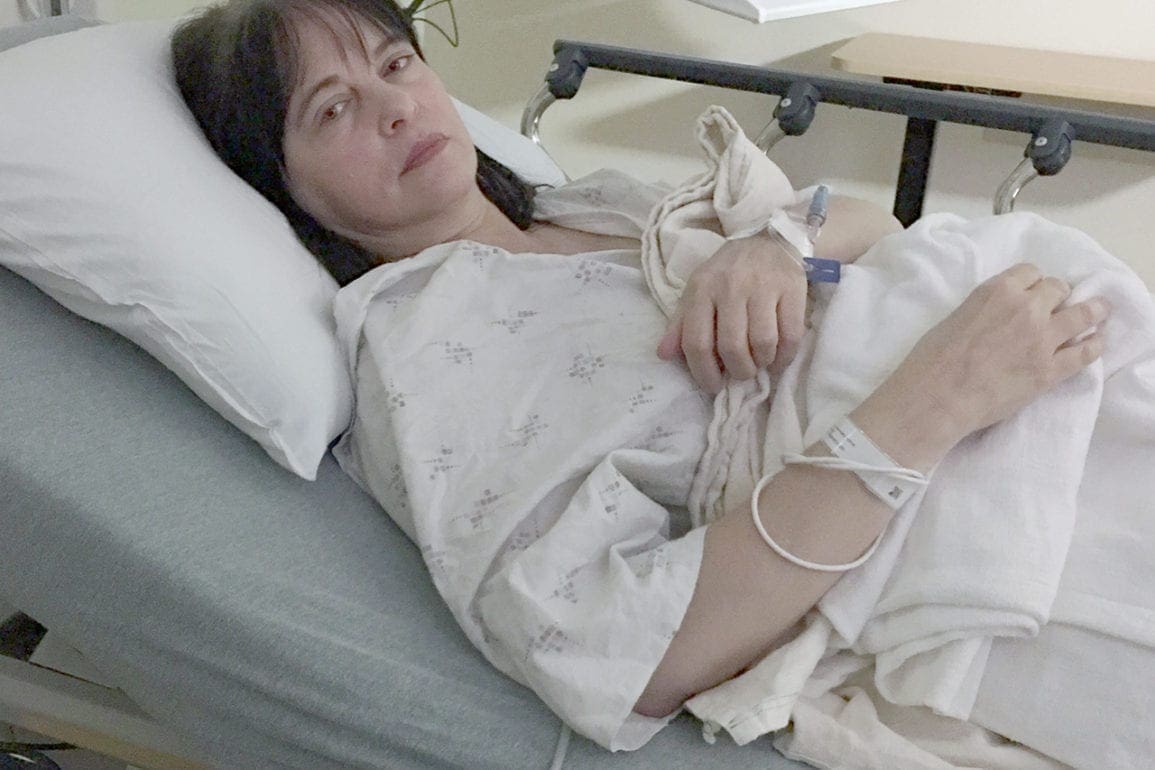From racism to one race: the Jane Elliott story
I walked into my classroom and talked with the students about the killing of Martin Luther King Jr. I asked if they had any idea what it felt like to be black or something other than white in this country. They said no.
- 3 years ago
July 12, 2021
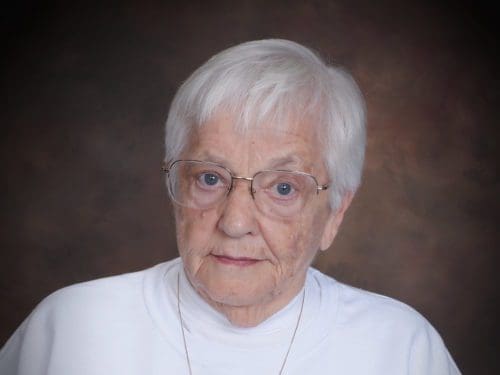
UNITED STATES – It is only pure ignorance to treat people differently because we think skin color is an indication of race. It is not. We all came from a country in Africa. We are all members of the same race – the human race.
In the 1960s, I went along to get along, and that is all it takes to make racism work.
We were living in Waterloo, Iowa, which is about a third black. My husband was managing a supermarket in the north end of town – a Black majority area.
We were being transferred from Waterloo to Fort Dodge and we were going to rent out our house in the meantime.
A woman called and said, “Do you rent to coloreds?”
I remember thinking, if we rent this to people of color, these neighbors are not going to have anything to do with us when we get back.
So, I said, “This is an all-white neighborhood.”
At that instant, I knew what I had done. I had defected to the enemy.
I decided I will never do that again. I will never allow racism to dictate my behaviors. I was ashamed and I never forgot it.
Shortly after, the store my husband managed got picketed by the NAACP. It was during the Civil Rights Movement. The people who owned the store – The National Tea Company – closed that store in the black section and moved it across town. The store lost business and closed. My husband lost his job and we moved back home where I continued teaching in Riceville.
The assassination of Martin Luther King, Jr.
Martin Luther King Jr. had been one of [my classroom’s] “heroes of the month” in February. Then, on April 4, 1968, he was killed by an assassin.
I came home the night after it happened. I had been in school all day.
When I walked in the door the telephone was ringing. I answered and my sister said, “Is your television on?” She told me, “They killed him.”
I asked, “Who did we shoot this time,” because we were in a shooting mood. She said, “Martin Luther King Jr.”
Everything stopped for me at that moment. The world stopped spinning.
Martin Luther King Jr. represented for me all the hope that there was. For me, hope is an acronym for holding onto positive energy. That is what Martin Luther King Jr. did.
I was just flabbergasted.
My husband came home at 11:30 p.m. from work. He walked in the house, put his arms around me, and said, “They shot him, didn’t they?” I said, “Yes, they did.” He asked, “What are you going to do Jane?”
It was then, I decided that I was going to arrange to have my all-white third graders in that all-Christian community walk in the shoes of a child of color for a day.
He warned me that I’d lose my job. I thought, if I lose my job for doing the right thing I don’t want to teach in Riceville. He said that we needed the money; that our kids needed to be fed and housed. He urged me to think it over.
You see, my husband rode back and forth to work with males from that community and he knew the kinds of things they were saying on the way home, when they heard about the killing of Martin Luther King, Jr. I did not hear those things.
I was born and raised in Riceville. I was sure people in Riceville would feel the same way I did about the killing of that man. My husband was right and I was wrong.
I didn’t know what I was doing. Make no mistake about this.
Society reacts and I take action
I turned on the television and here was this idiocy going on.
Walter Cronkite [an American broadcast journalist known as “the most trusted man in America”], was saying to three leaders of the black community, when our leader was killed his widow held us together. Who is going to keep your people in line?
I thought, my god, did he really say that? Does he think that John F. Kennedy was the leader only of white people and that a young white woman is so strong she could hold this country together?
I had thought, up until that moment, people of color were my people because we are all members of the family of man according to my faith. I was just furious, so I changed the channel.
There was Dan Rathers [another American journalist], saying to two leaders of the black community, don’t you negroes think you should feel sympathy for us white people because we can’t feel the anger at this killing that you negroes can.
“Good God”, I thought, “how can you not feel anger at the killing of another person?”
I decided in that moment I would do what Adolf Hitler did. I would separate my students according to the color of their eyes. One of the ways you got sent into the gas chamber during the Holocaust was by having the wrong color eyes. If you had brown eyes, they thought you were a Jewish person who was trying to pass, and they threw you into the gas chamber
The Brown Eyes/ Blue Eyes Exercise was born
I decided that the next morning I would treat my students positively or negatively based on the color of their eyes.
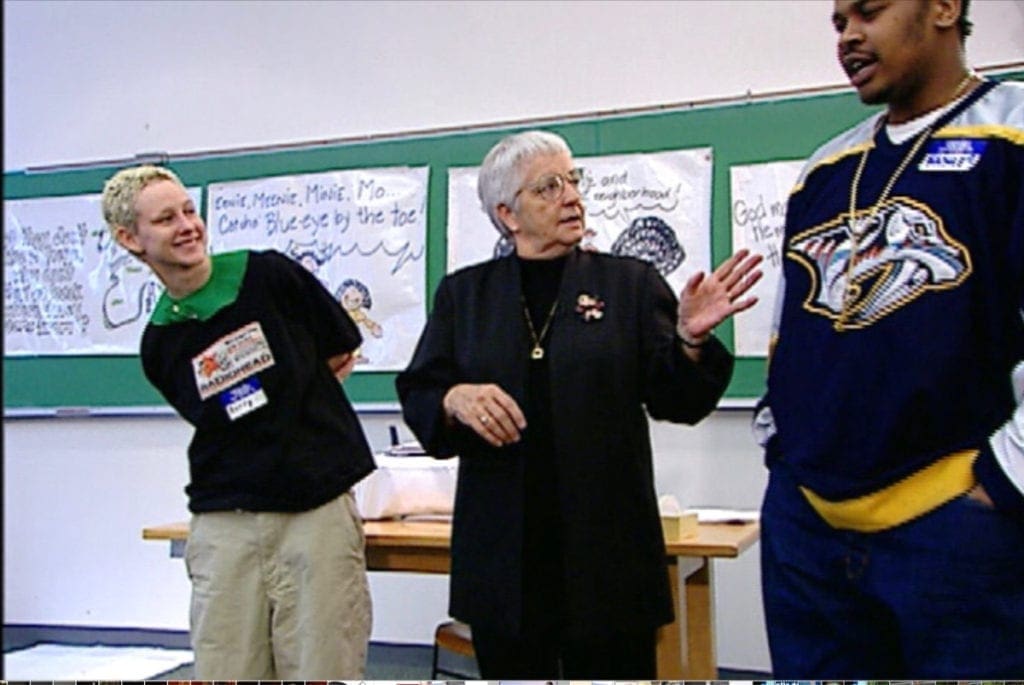
What I did is created an exercise in racism. I created a microcosm of society in a third-grade classroom, or a board room, or a lecture hall. I separated people according to the color of their eyes.
Then, I intentionally treated people who have the wrong color eyes as most of us treat people of color in this country every day.
I walked into my classroom and talked with the students about the killing of Martin Luther King Jr. I asked if they had any idea what it felt like to be black or something other than white in this country. They said no. I asked if they would like to do something to help them know that. We discussed it and they decided eye color would work.
It was the most terrifying thing I have ever experienced.
I said all you blue-eyed people move your desks to the back of the classroom. You brown-eyed people come forward. They did it very joyously; they did not know what was coming.
I then explained to my third grade students, we all know that blue-eyed people are not as smart as brown-eyed people, they aren’t as clean as brown-eyed people, they aren’t as civilized as brown-eyed people.
At that moment, little brown-eyed Debbie sitting in the front row looked up at me and said, “How come you’re the teacher here if you got them blue eyes?”
I thought, oh my God, there it is. This kid no longer has to respect me because she knows she has power over me because of the amount of a chemical in my eyes. What have I done and what have we done?
Blue-eyed Allen in the back row stood up and said, “If she didn’t have them blue eyes, she’d be the principal or the superintendent. They’re both brown-eyed.”
He did not know what color the superintendent or the principles eyes were. It didn’t matter. He was going to go along to get along, but he was going to align himself with both sides. He was going to see to it he would not receive the kind of treatment I had.
It was absolutely amazing. The kinds of things that happened that day shocked me to my core.
Exposing racism leads to fear, warnings, and abuse
I told my mother first that night and she said, Jane, you better be careful. You do not want to end up where Aunt Eunice did.
I asked, where did Aunt Eunice end up. She told me, in the mental institution, because what I was describing sounded insane. It is insane to treat people positively or negatively based on your misperception of skin color.
The teachers all stopped speaking to me unless they had something nasty to say.
Most of my relatives refused to admit they were related to me. My children were beaten and spit on and abused verbally, physically, and by their teachers psychologically, to the point where we had to move our kids into a different school.
One of the teachers at the junior high, whose husband was the principal at the elementary building, stopped me at a teacher’s meeting late in the year. She said, Jane, you’ve got to get your kids out of this school. These teachers are trying to destroy your children.
We moved immediately that summer and got the children into a different school.
I was still teaching at the school where I had initiated the brown eyes/blue eyes exercise. The teachers could not bother me because I’d been through it all. I kept smiling and singing and walking through the halls, pretending that I did not notice what was going on.
I was busy teaching, and they were busy complaining about how I taught.
An invitation to national television
After [the students] went through the exercise, suddenly they knew why Martin Luther King Jr. was protesting. They knew that nobody should have to put up with what he put up with.
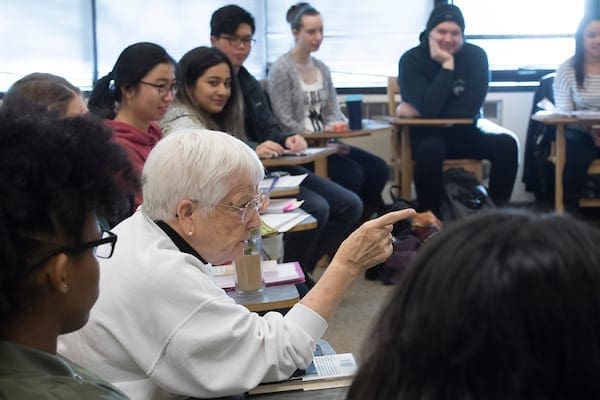
I showed the essays my students wrote the day after the exercise to a friend of mine and she sent them to the Johnny Carson Show.
The [school] secretary called my room and said, Ms. Elliott, there is a telephone call for you, and you need to come down to the office.
I told the kids, it’s probably Coretta Scott King, because they had written letters of condolence to her about the loss of her husband.
It was Johnny Carson.
My husband and I went to New York to do the Johnny Carson Show. Thirty percent of the letters they got as the result of me being on the show were so vicious and so ugly and so nasty that I couldn’t show them to my students.
That was 53 years ago.
Last year I was on The Tonight Show starring Jimmy Fallon and it was held in the same Johnny Carson Show studio. I thought, well here I am 53 years later still doing the same thing because things haven’t changed.
When Barrack Obama was elected, I thought, finally now things are going to get better. I will never have to do this exercise again. Then along comes Donosaurus T. Rump and here we are, right back to where we were in the late ’50s and early ’60s.
That is how quickly you can slide backwards.
Death threats and vicious attacks
I have been personally targeted a lot.
Number one, the teachers constantly targeted me. I knew it, so I just ignored it.
Then, I had to give a speech in Uniontown, Pennsylvania to a group of teachers. In the morning, the person who hired me said, could we do the exercise with the teachers. I said absolutely.
In a limited and informal way, we ran about 400 teachers in Uniontown, Pennsylvania through the Blue Eyes/ Brown Eyes Exercise.
In the middle of the exercise, someone brought up a folded piece of paper with a bunch of garbage on it and a chewed piece of gum. It said, “This is what this is all about. This meeting is garbage.”
I had to work with students in the afternoon. The teachers called the superintendent of schools and said, if you don’t get that bitch out of town, we’re going to shoot her.
That night when I worked with the last group of kids, I was escorted back to my hotel by three carloads of black people. They let me out at my hotel. [One man] said, when we come after you in the morning, do not open this door until you see my face in that hole.
The next morning a car pulled in front of the hotel. The front and back doors of the car were open. The same man from the night before got out and knocked on my hotel door. I let him in.
He came in, shut the door, and pushed me against the wall. He said, now when I open this door, you go out and you run and get into the front seat of that car.
He opened the door. I ran and got into the car. The man came behind me, shut my door, and got into the backseat. Three carloads of black people followed us – two behind us and one in front of us – and took us to the Pennsylvania Turnpike.
Expecting to be shot
Anna S. Cunningham was driving the car and she was the head of the Human Rights Division in Pennsylvania at that time. She got us to the Pennsylvania Turnpike and [the others] turned around and went back.
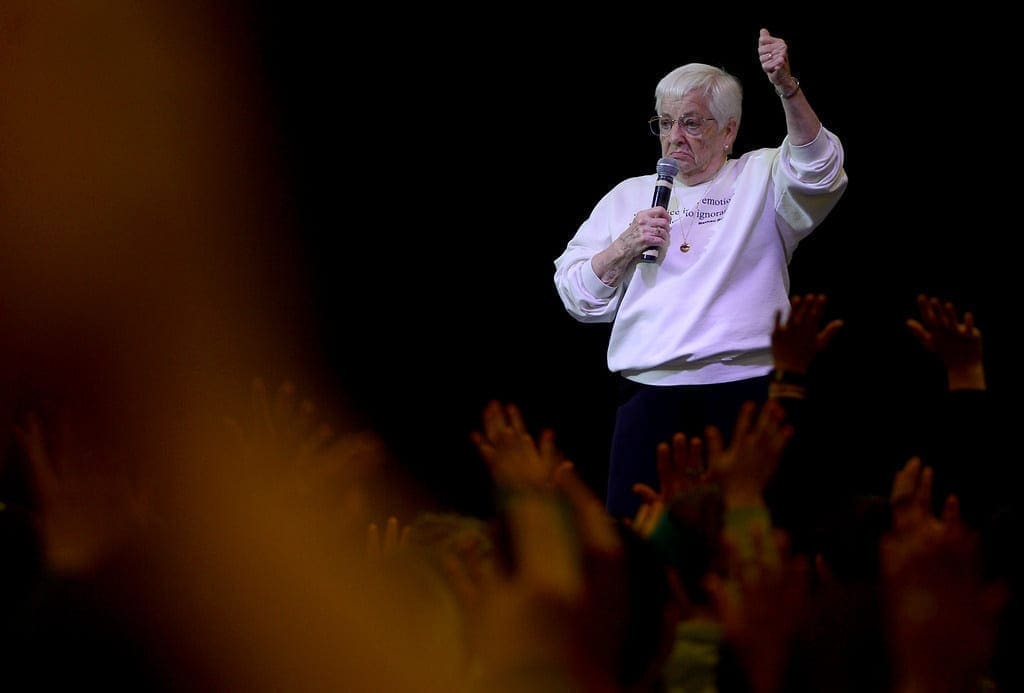
I said, “Okay, now what’s going on here?” [Ms. Cunningham] told me, your life has been threatened and we have got to get you out of town. They kill people in Uniontown, Pennsylvania.
She raced me to Hartford. That night she left to go back to her office. The next morning, I got up and opened the door to my room. I looked out and here I was, at the end of a courtyard. It was a two-story motel and here were all these windows and glass doors – two floors of them.
I thought, behind one of those windows could be the person who was sent here to kill me. I shut the door and I remember this as if it happened yesterday. I thought, now Jane, you’ve got a decision to make.
You could stand here and be terrified and never do this work again. Or you can screw your courage to the sticking point and walk up to the checkout desk and go home. What are you going to do?
I had four children and a husband who loved me waiting for me at home. I knew what could happen if I made a mistake. So, I took the handle of my luggage cart in my right hand. I put my purse over my left shoulder. I opened that door.
I walked quickly to the desk, and I thought, you damn dummy, look what you just did. You just allowed them to scare you nearly to death.
That will never happen to me again.
